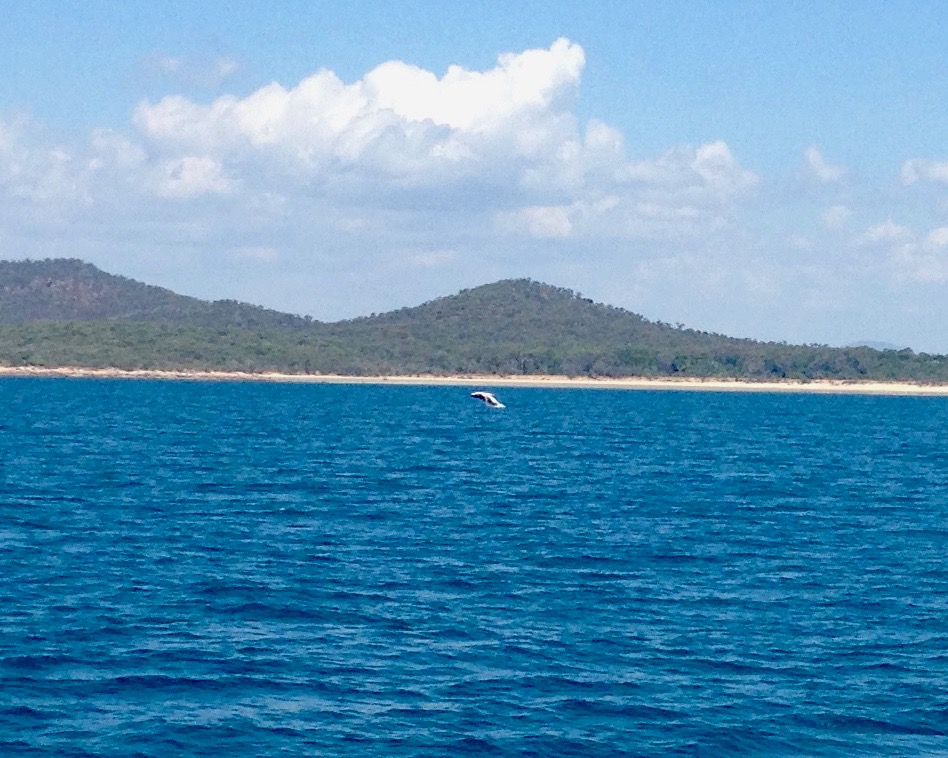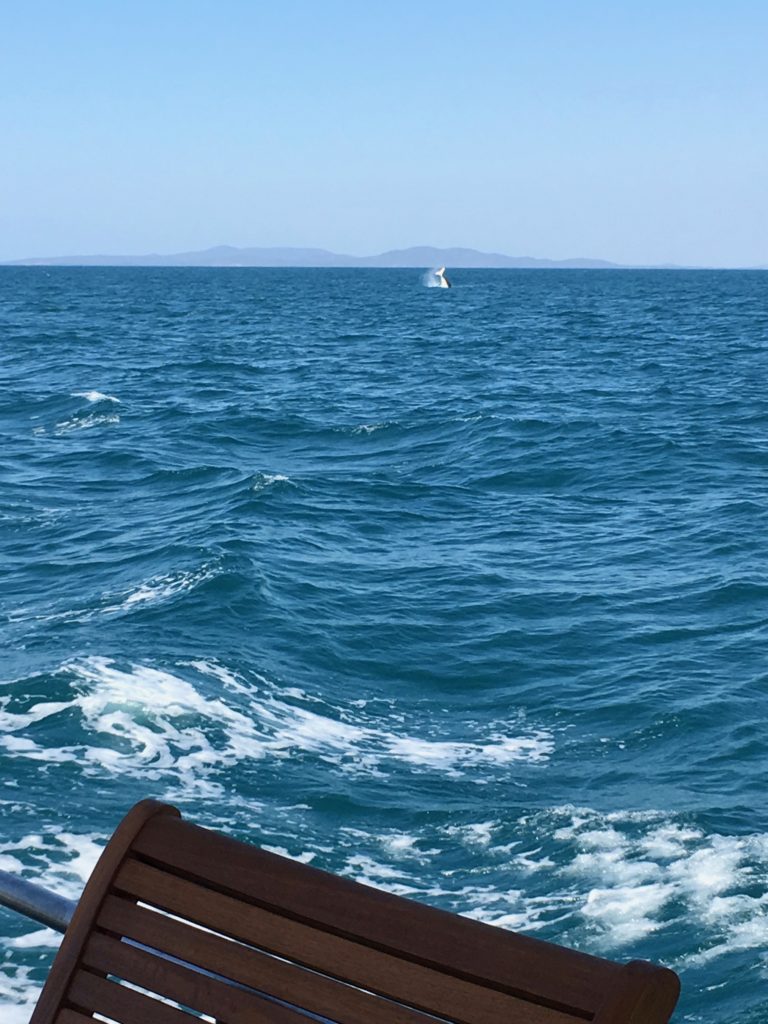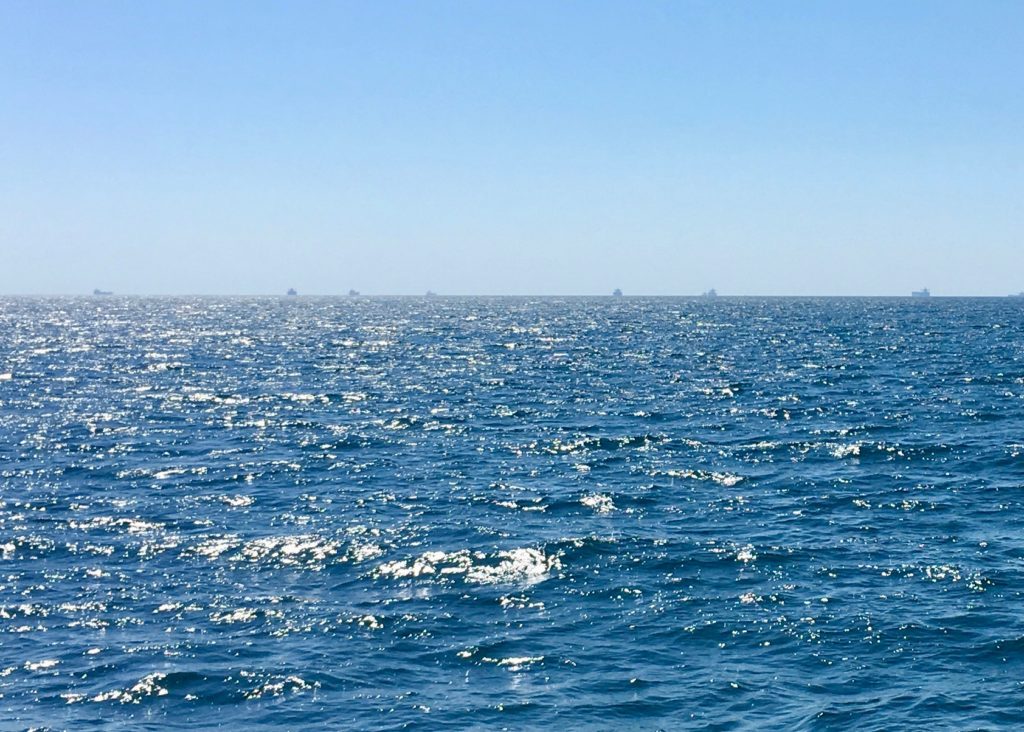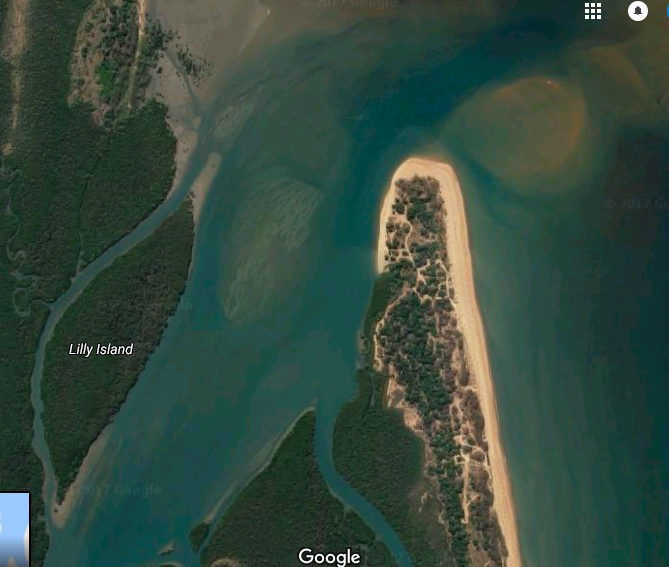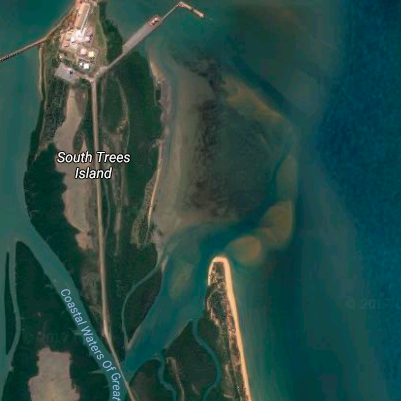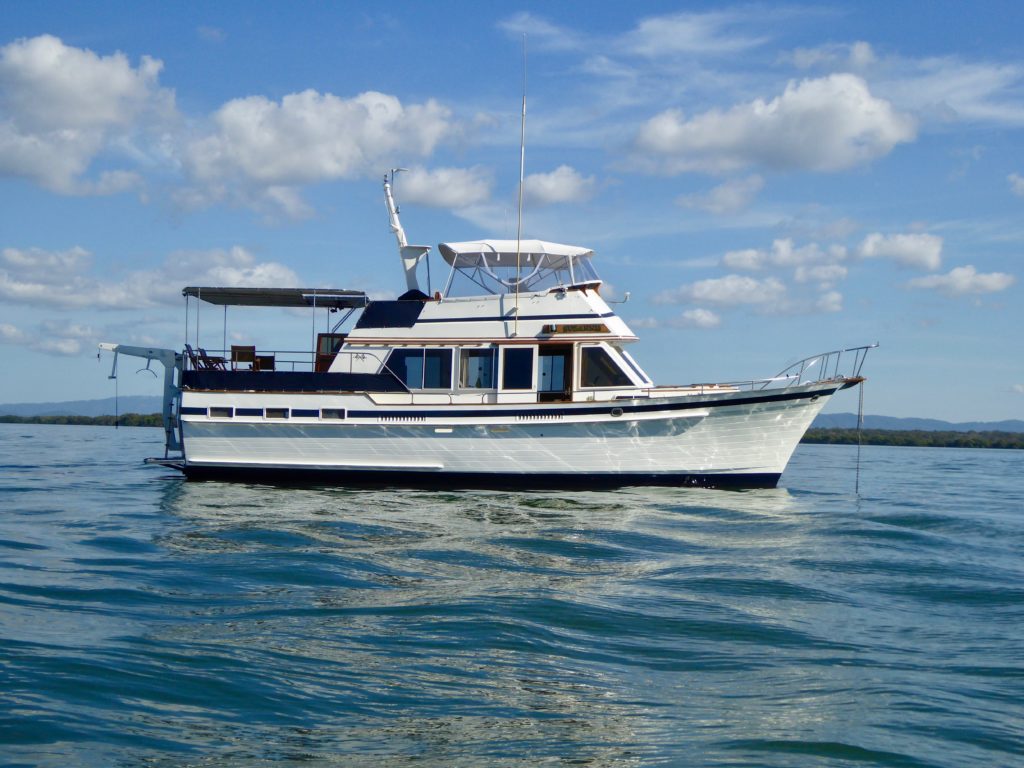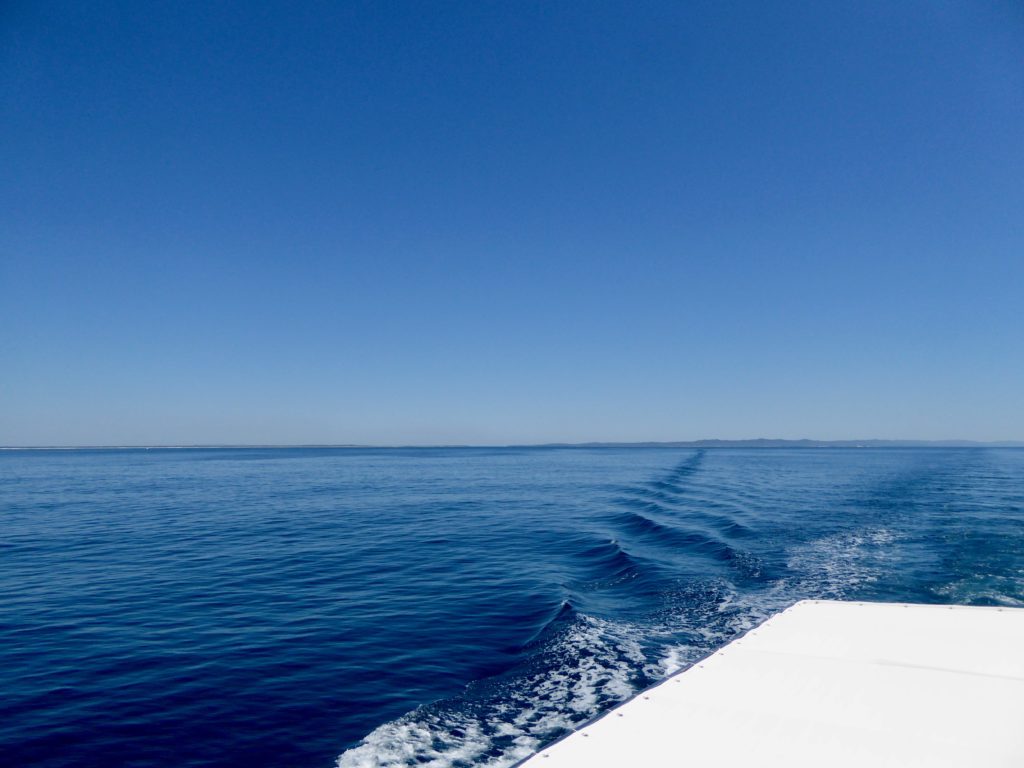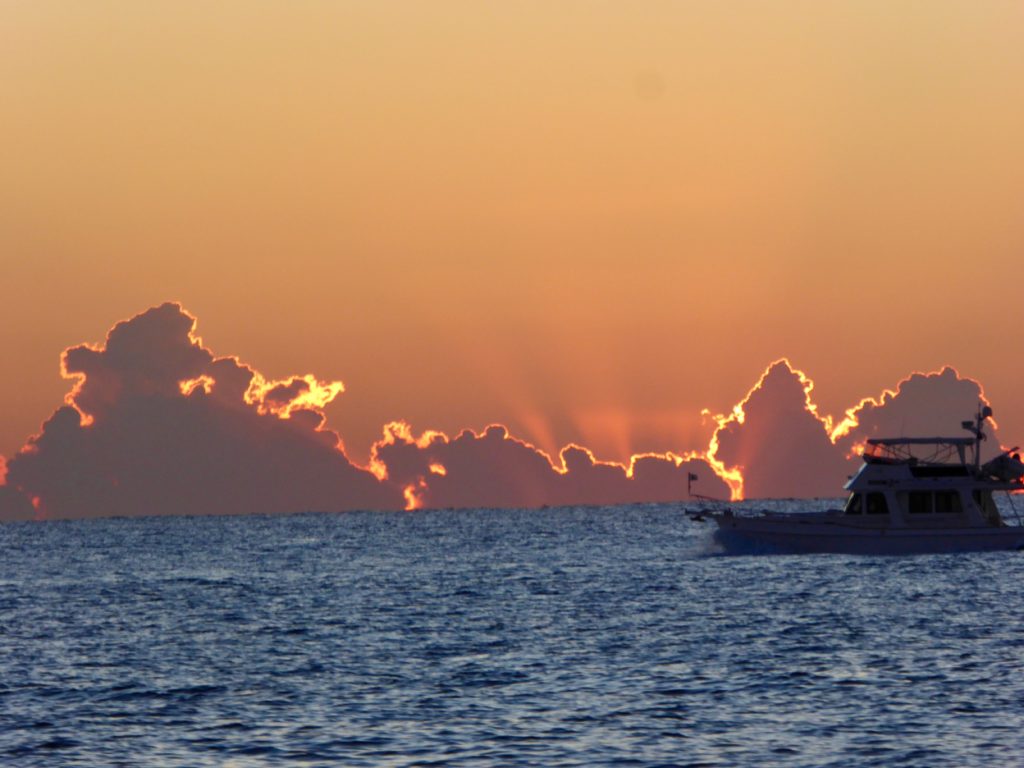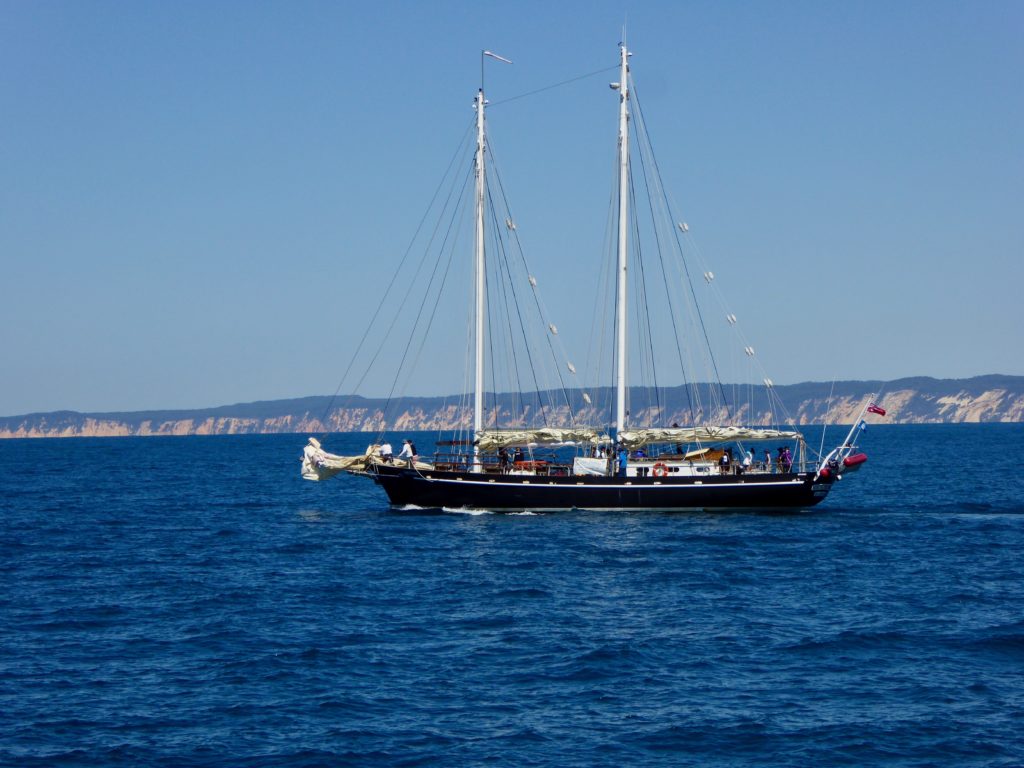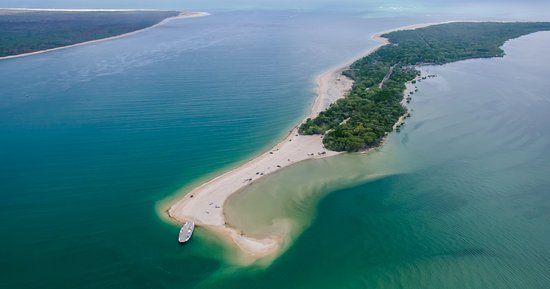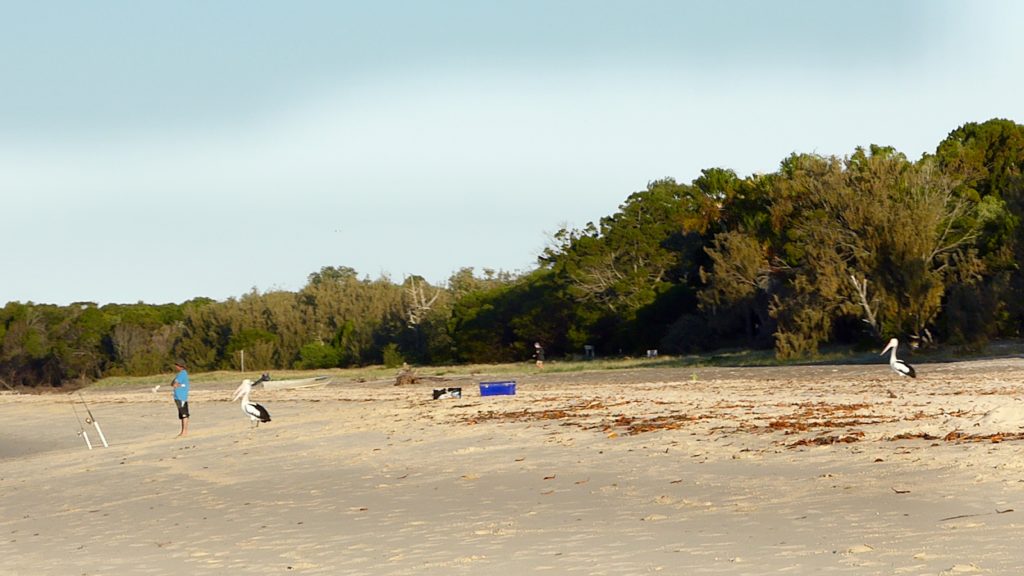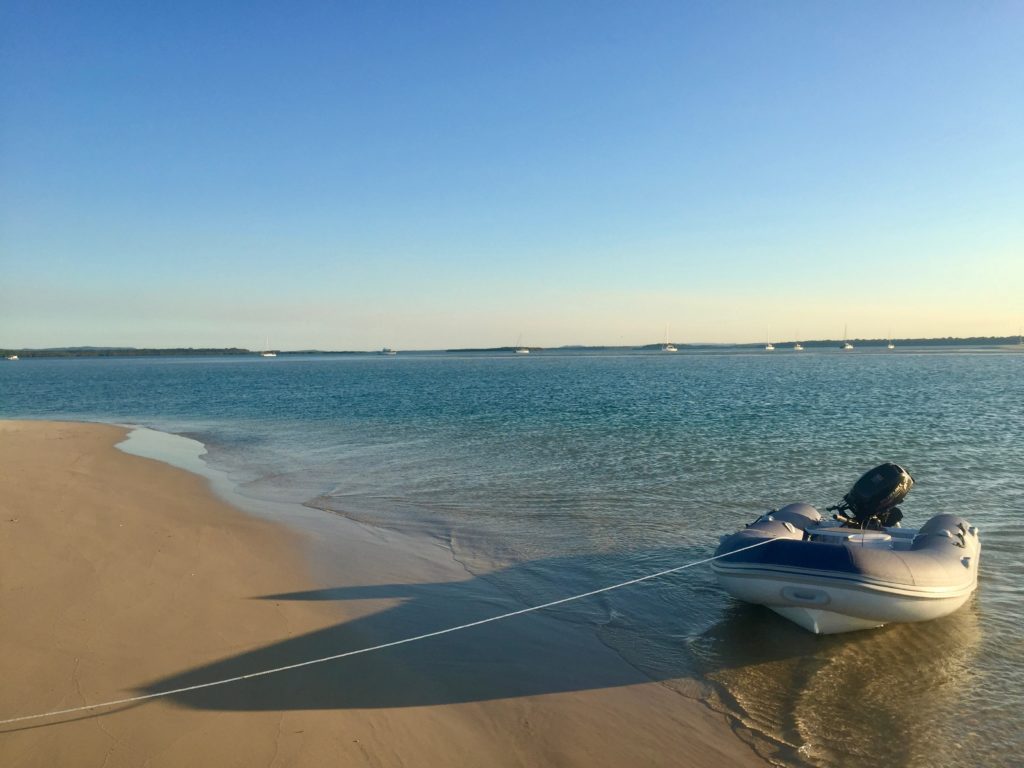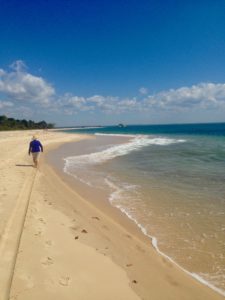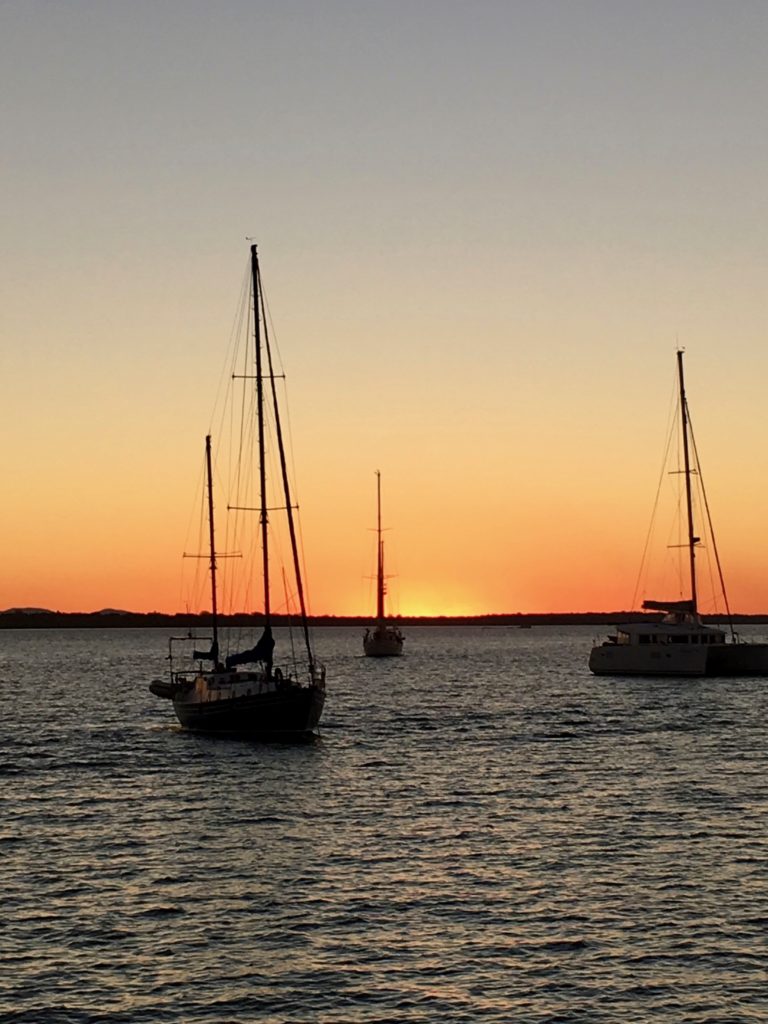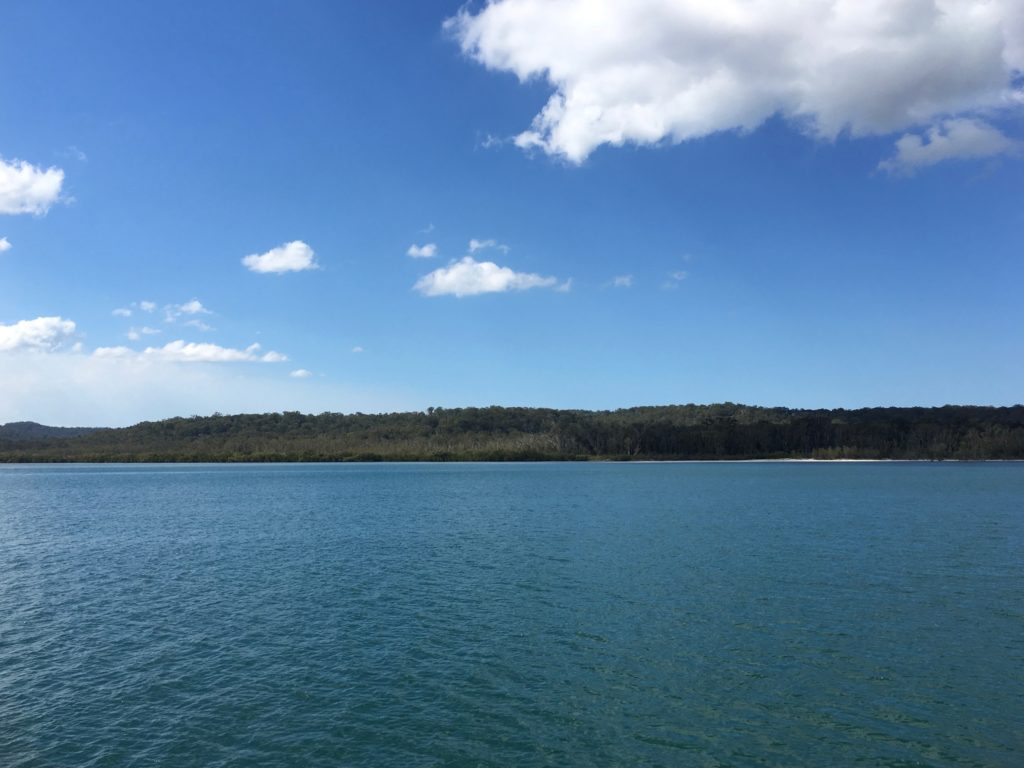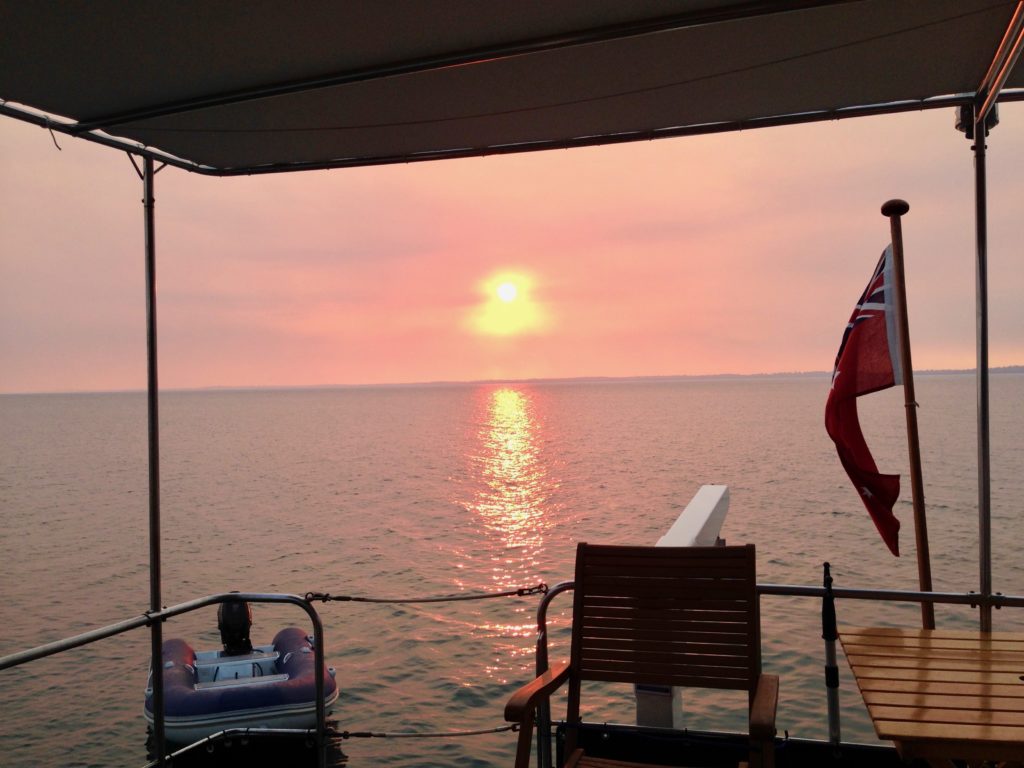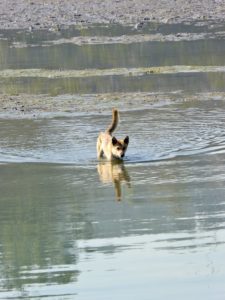We stayed in the Gladstone marina for six days whilst the very capable company that serviced our engines last year now serviced our generator! A perished hose was found to be the culprit and the rest of the generator was checked and tested and we heaved a sigh of relief that it didn’t need replacing.
We put our time in Gladstone to good use – a trip to Harvey Norman to buy a kettle that wasn’t a power guzzler (and a very nifty travel steam iron – we are now travelling in style), the obligatory trip to Bunnings to gather a few more necessities and an essential trip to Dan Murphy’s to make sure we didn’t run out of gin, whiskey and other forms of alcohol. We also tried out some of the restaurants – The Dock got the prize for their Great Aussie 100% Black Angus beef burger with tomato, beetroot slaw, lettuce, cheese, bacon, crumbed pineapple, BBQ sauce & chips followed by chocolate gelato and a loooong walk through the East Shores Parkland.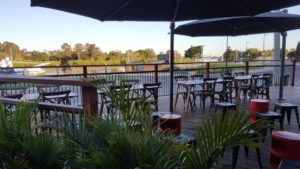
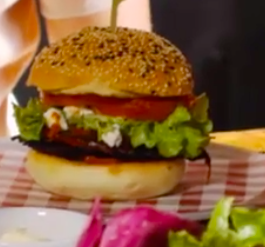
Lyndal flew back to Brisbane for a couple of days and arrived back on the Saturday with Ernest and Scott, our crew for the next leg of our trip. During our absence Edgar had supervised the servicing of the generator and endlessly washed the coal dust off the boat (the only drawback to staying in Gladstone Marina, which is attractive and well appointed), topped up the water and got the boat ready for an early departure the next morning. Back to The Dock for another hamburger, a few nightcaps and then early to bed ready for the morrow.
We got away about 6.30am. The port marine traffic, development and other activity is constant in Gladstone. We passed a number of large bulk carriers heading in, refueling and going out as we made our way out of the harbour and to the Narrows. 
The Narrows is a 40km channel between the mouth of the Fitzroy and Gladstone harbour on the inside of Curtis Island. 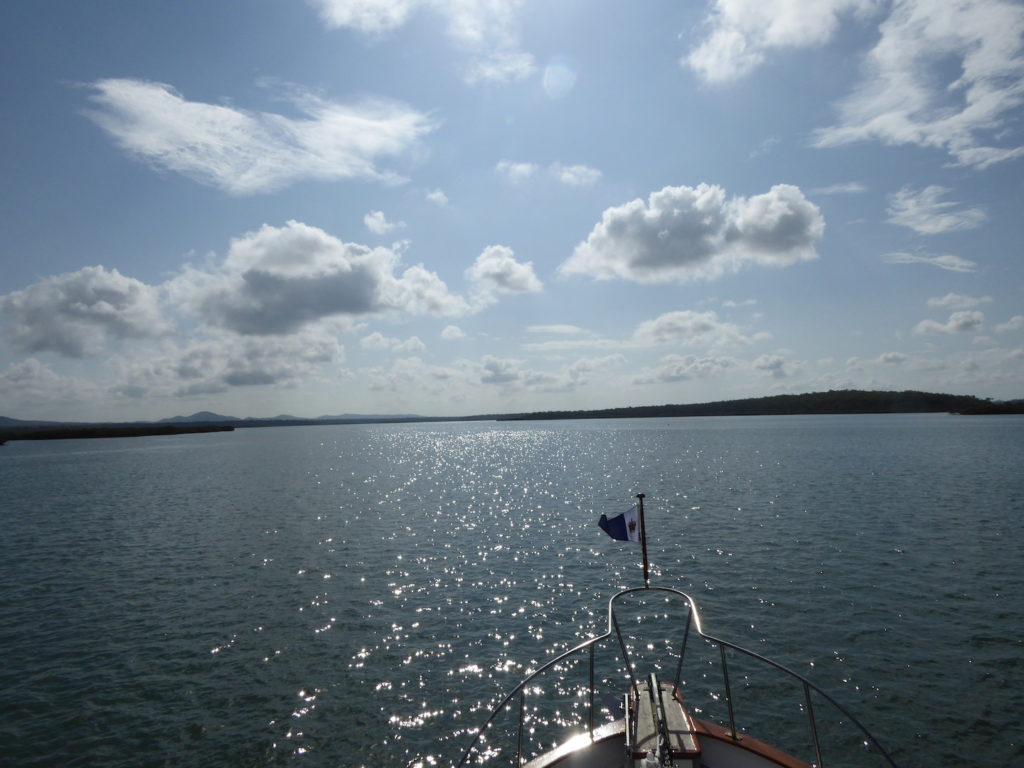
John Bonar Peter Hamilton Ramsay (better known by his nickname ‘Alphabetical’ Ramsay due to the number of his Christian names) together with two partners, held the lease on Monte Christo Station, which was established on Curtis Island in the 1860s. Monte Christo was primarily a cattle station, but horses were also bred for export to India (probably for the British India Army). The crossing enabled cattle and horses to walk back and forth between the mainland and Monte Christo Station. 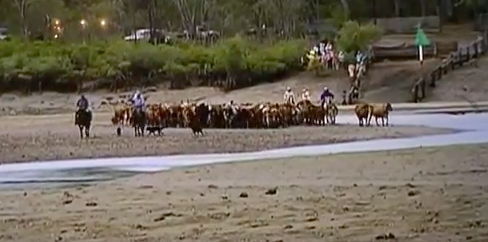
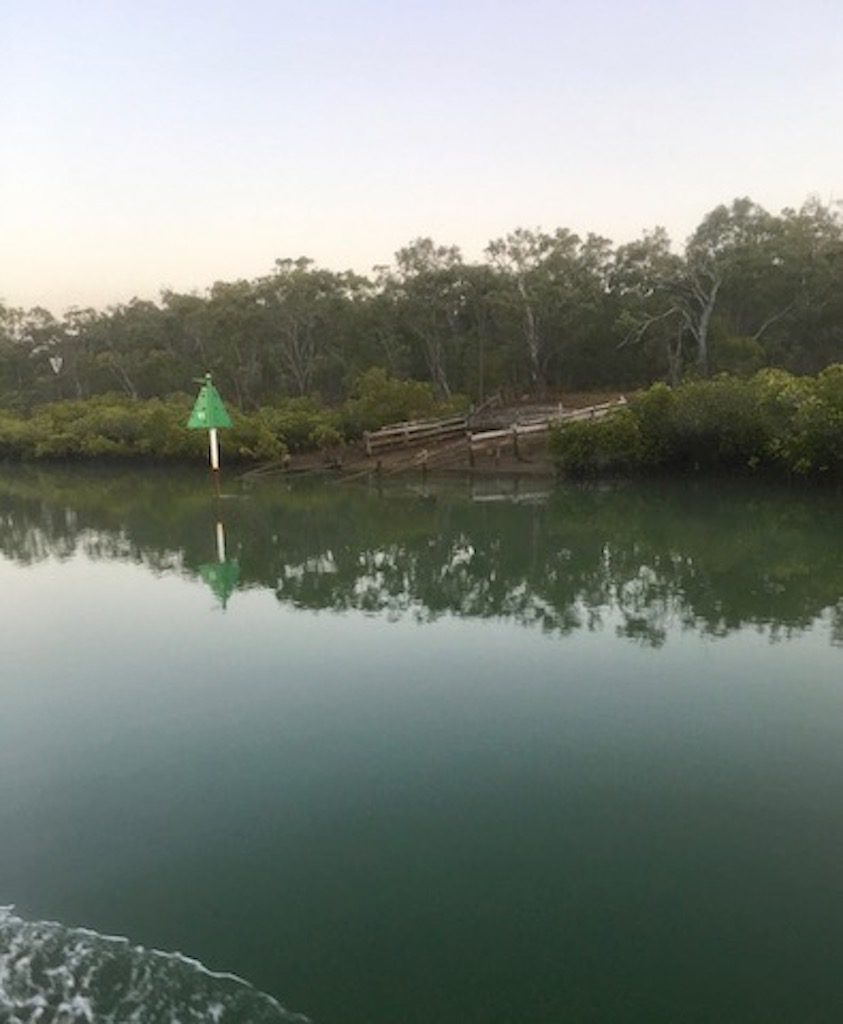
We had debated whether to stay in the Narrows for the night, do a bit of fishing and relax in a smooth mooring or whether to go on to Keppel Island. On weighing things up we decided that the midges could be bad in the Narrows and we had never been to Keppel so would give it a go. A decision we would later regret!
We had decided to head for Svendsen’s Beach and take shelter there. When we arrived a number of other boats had obviously had the same idea and they were all rolling wildly. We tucked in as well as we could and – noting that a light stern anchor might be useful against swell penetrating around the point – Ernest and Scott were despatched in the dinghy to carry this out. With great bravado on their part they managed to get the anchor out but it made little difference and so we headed for shore and a long walk on something that wasn’t rocking and then adjourned to the boat, poured the rums, gins and whiskey, opened the red wine and resigned ourselves to a very rocky night.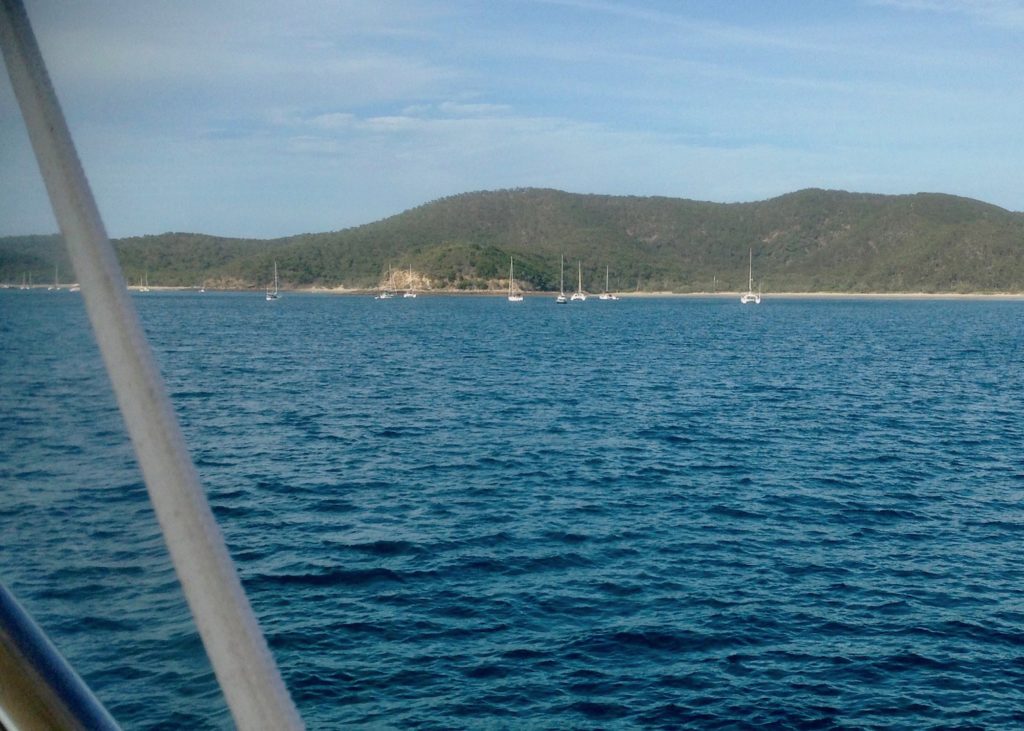 Some compensation was the sunset – which was a stunner!
Some compensation was the sunset – which was a stunner! 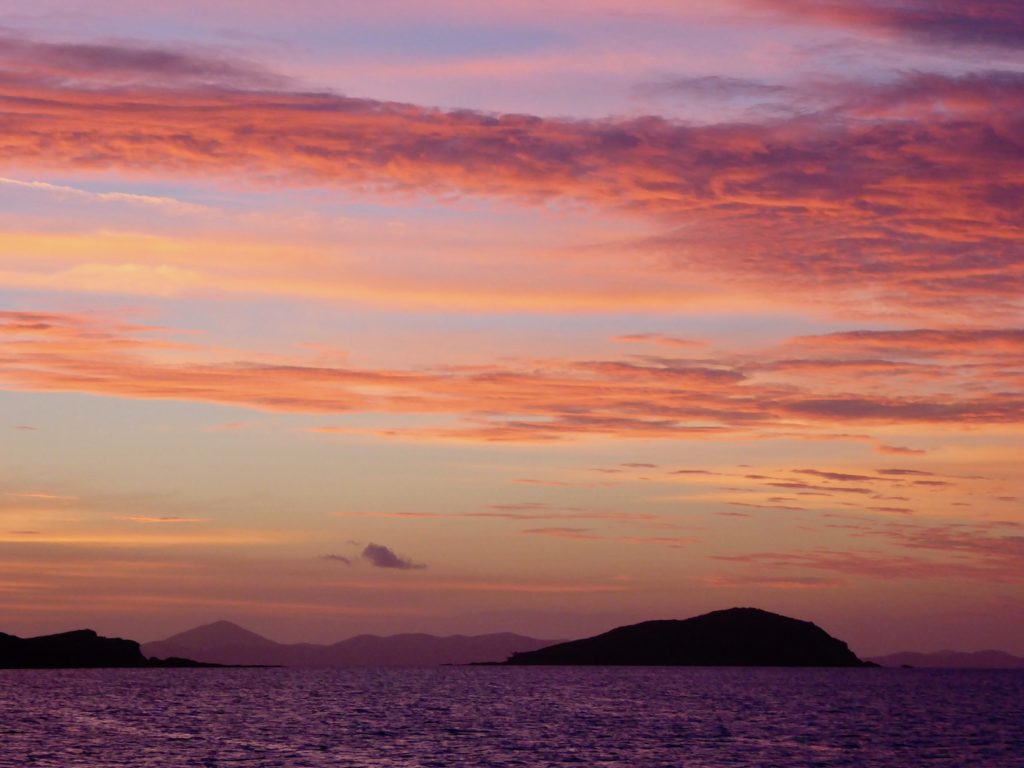
It was still dark the next morning when Edgar’s voice came out of the night. “I think we should leave at daybreak” – and so we did! We left as dawn broke and it was also stunner!
Maybe we should have stayed at another anchorage on the island – we noted some boats were anchored in front of the resort – or maybe it would have made little difference. In any event we will not be visiting Keppel again without flopper stoppers!
We had planned to stay at Rosslyn Bay, Yeppoon, for a couple of nights and visit Richard Wilson, but the weather forecast said otherwise and we ended up refuelling and travelling on. We wanted to get to the Percy Islands before a northerly front came through and the crew were angling for a quiet anchorage so we headed for Island Head for the night.
We had a pleasant passage with lots of whales and a good view of the coast. 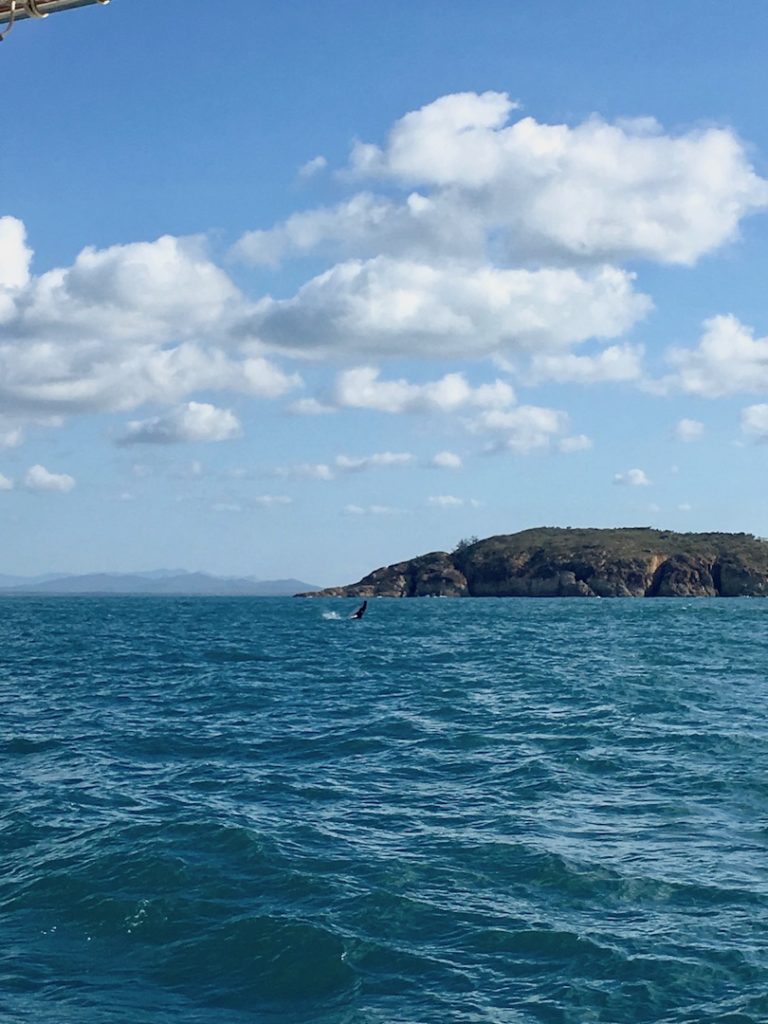
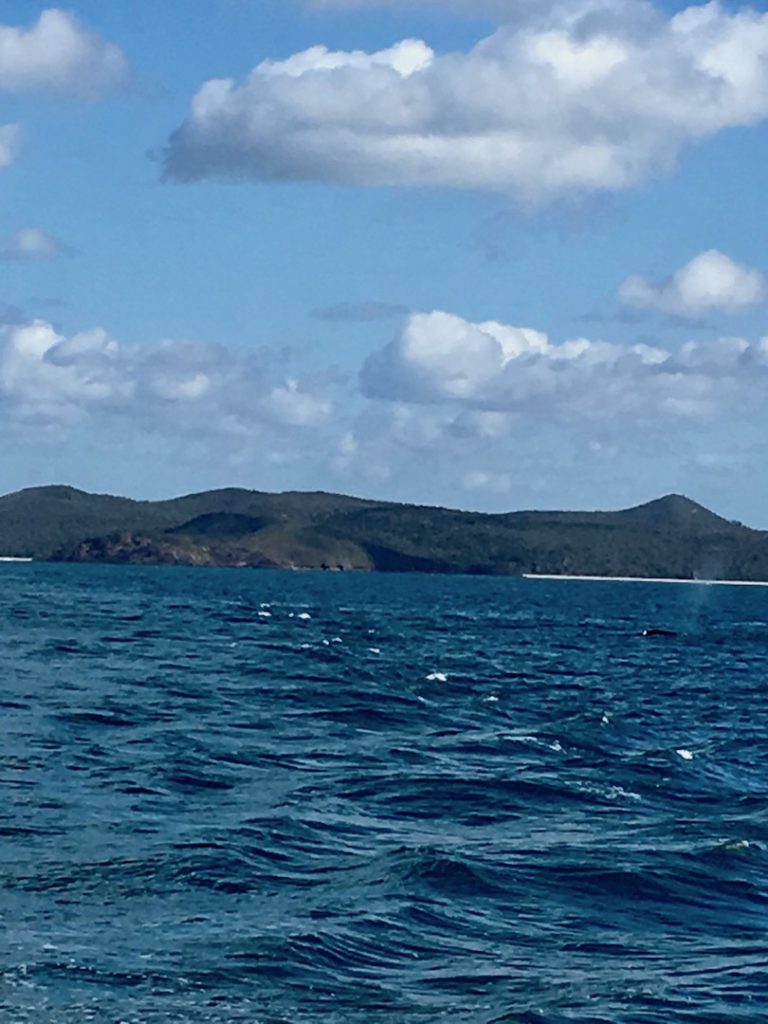
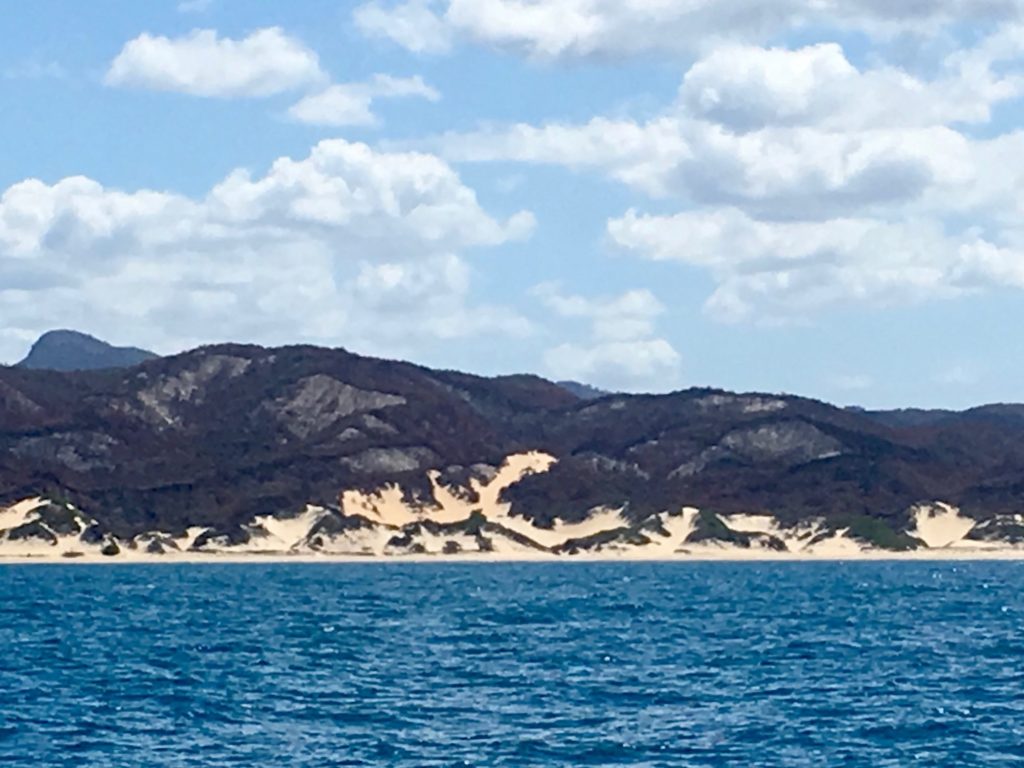
We cruised past Pearl Bay, which looked lovely but not enough shelter, and headed right up the inlet to a quiet peaceful anchorage.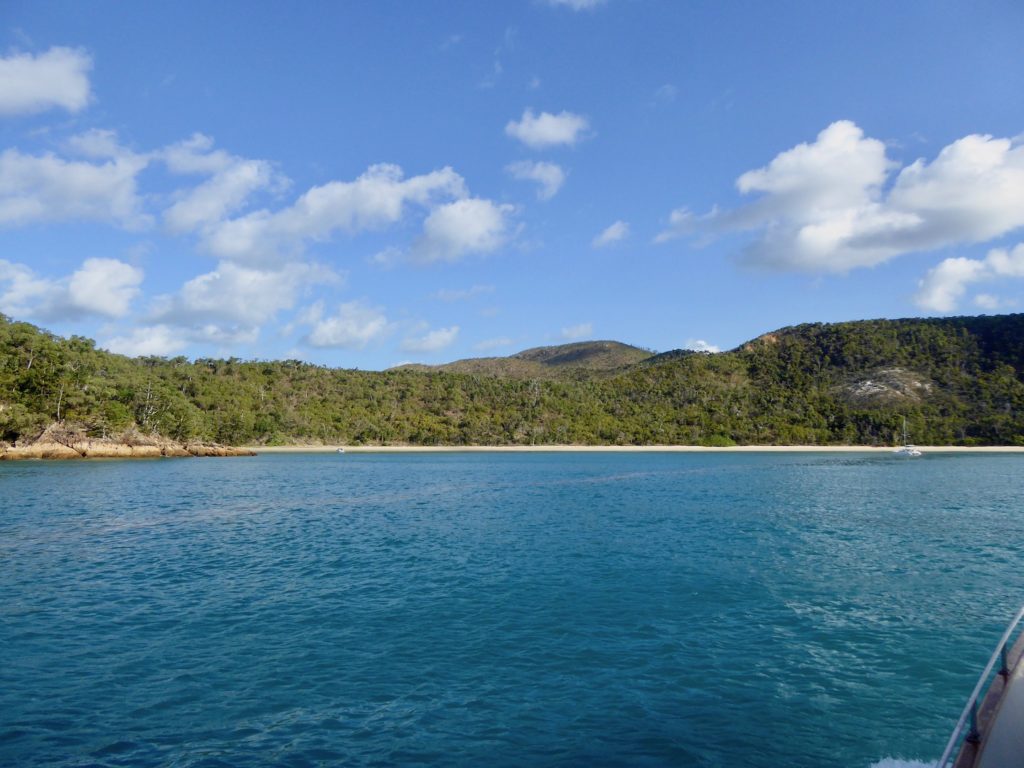
Next morning we left for the Percy Group of Islands and in particular for White’s Beach at Middle Percy. It was a very still morning and there were a lot of turtles cruising around in the calm waters 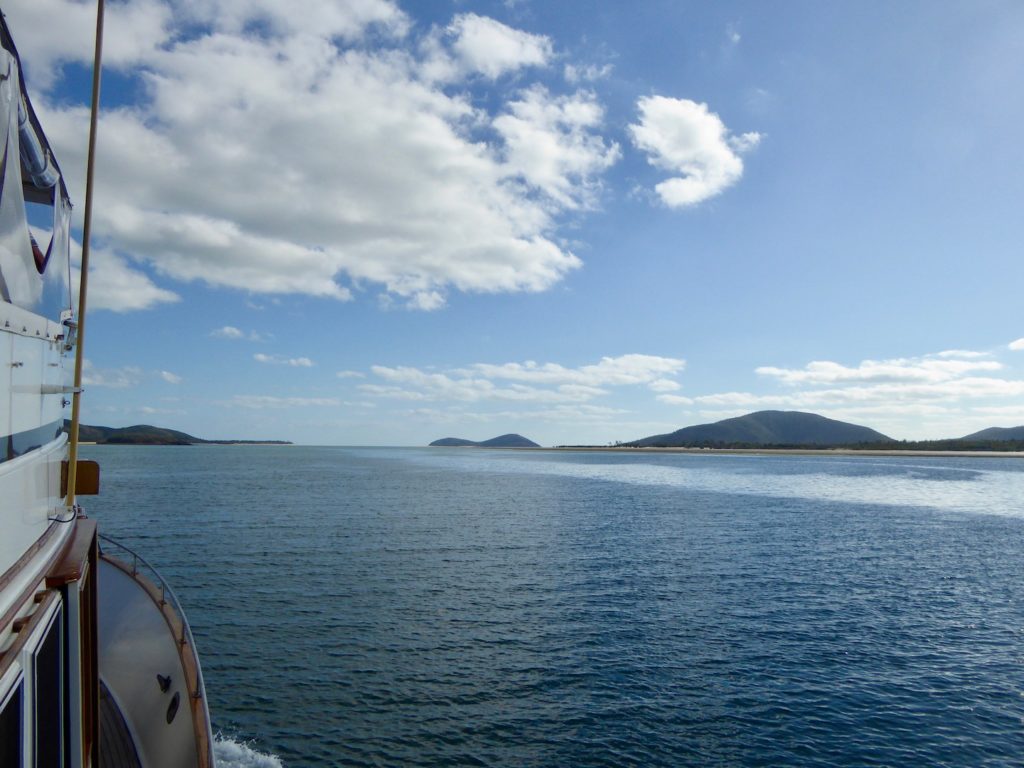
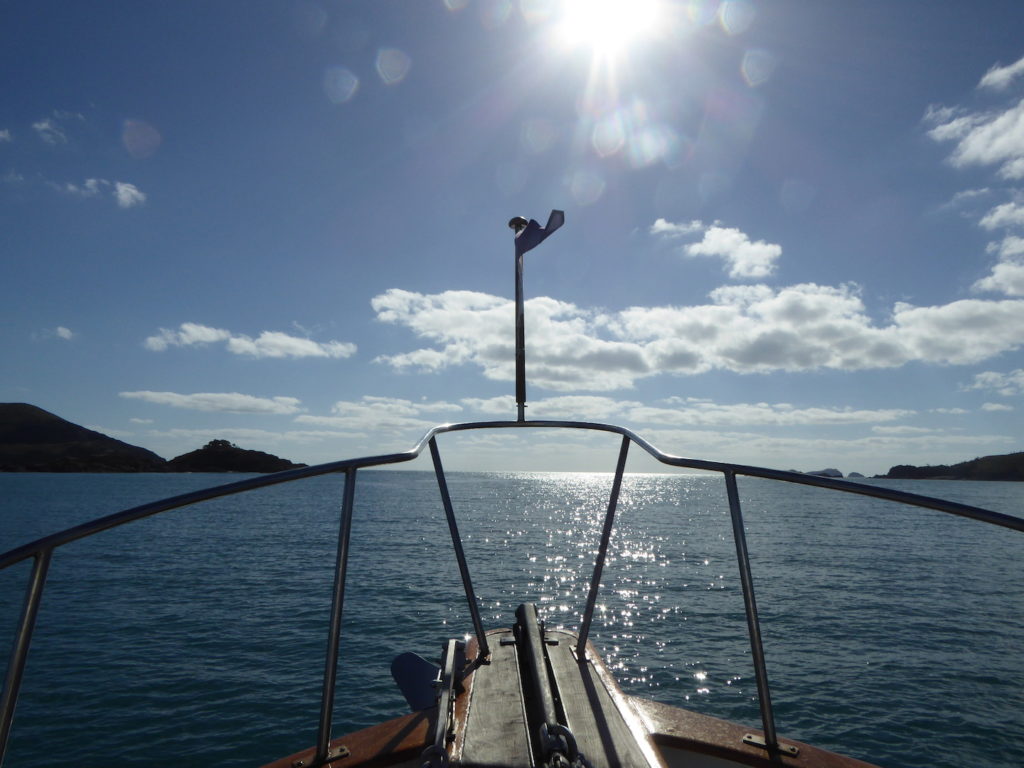
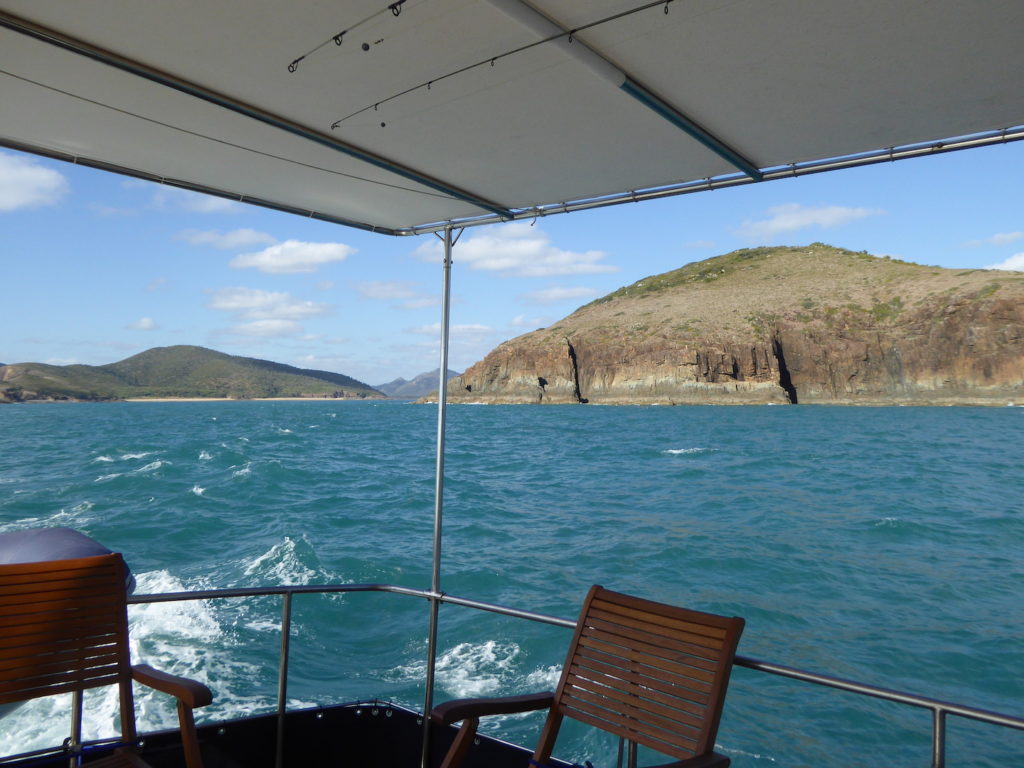
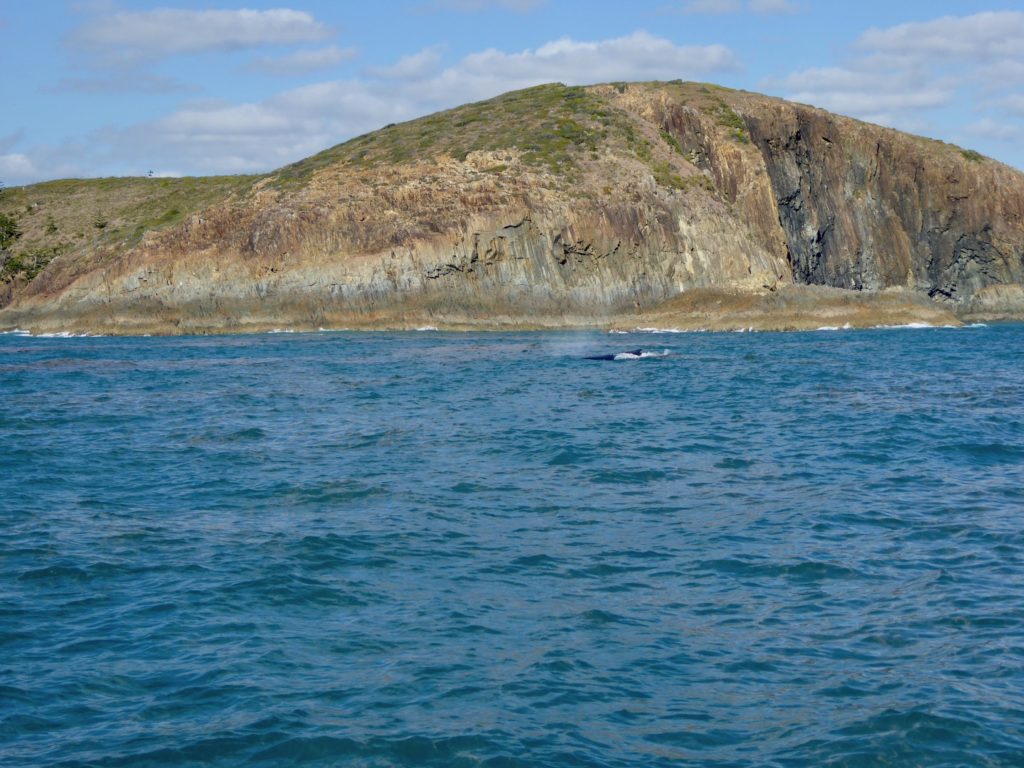
We had a good run with lots too see and some company on the way. 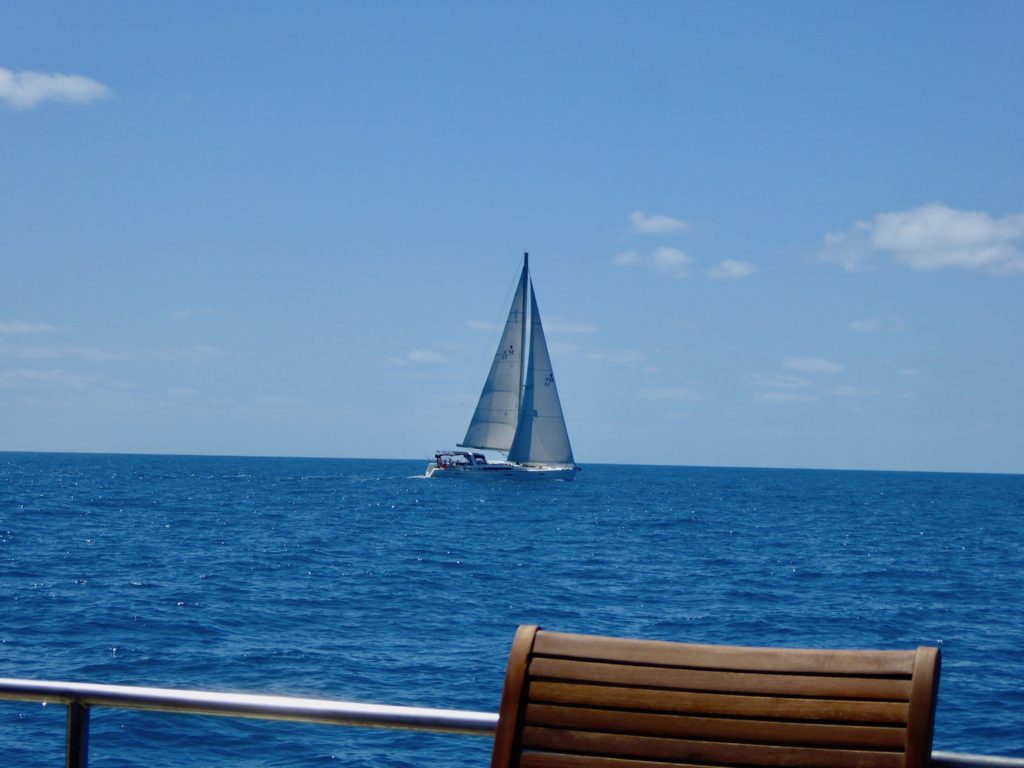
In what seemed a remarkably short time we saw the Percy Islands in the distance. The Percy Islands lie 122 kilometres south east of Mackay and are part of the Northumberland Group. They were surveyed by Matthew Flinders in 1802 and named after Hugh Percy, the second Duke of Northumberland. There are three islands in the Percy Group. Only the 2000 ha Middle Percy is inhabited and the others are National Parks, two of the oldest in Queensland. 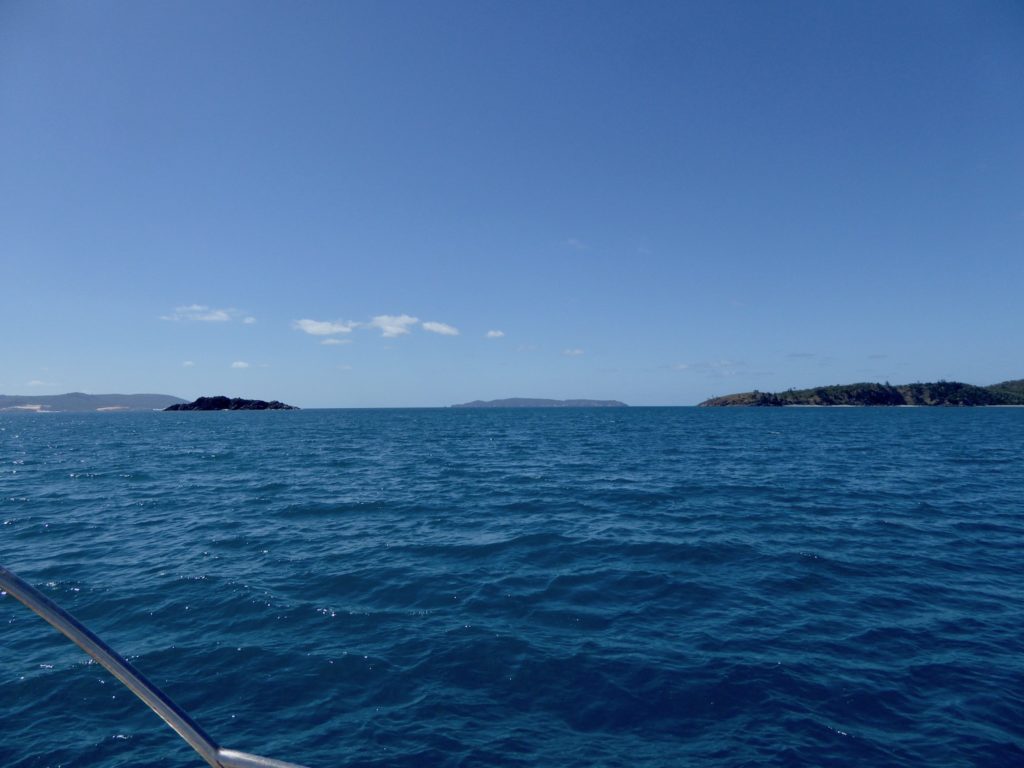 White’s Beach was all it promised to be. We were one of the first to arrive so anchored in a sheltered spot on the eastern end of the beach
White’s Beach was all it promised to be. We were one of the first to arrive so anchored in a sheltered spot on the eastern end of the beach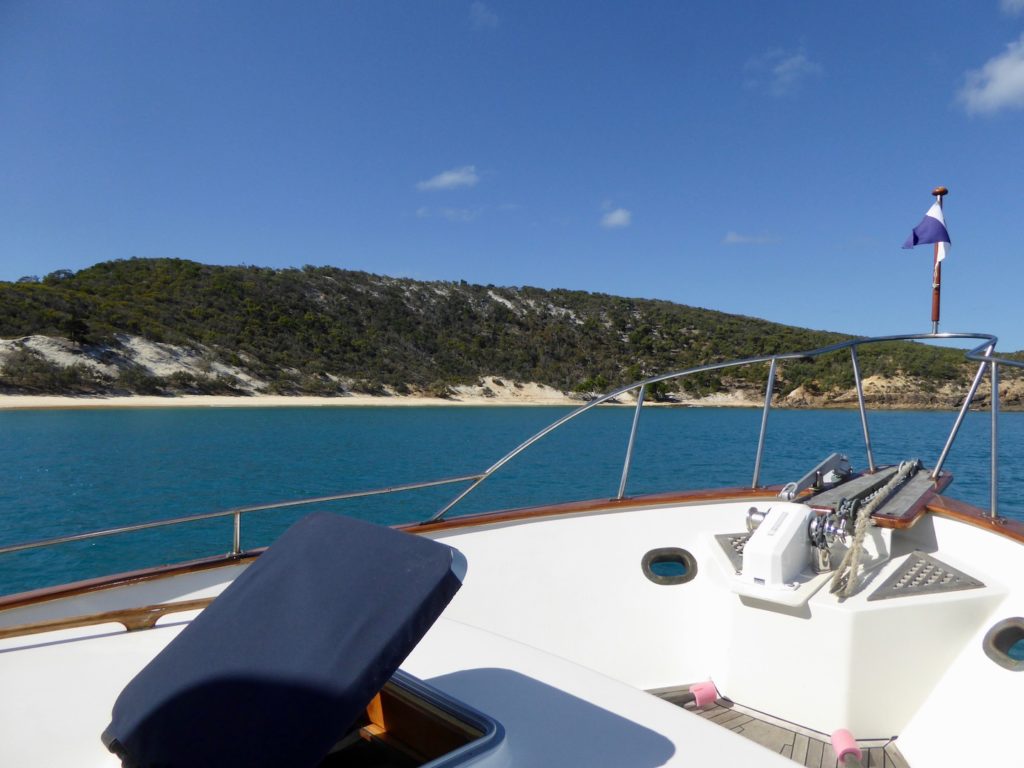
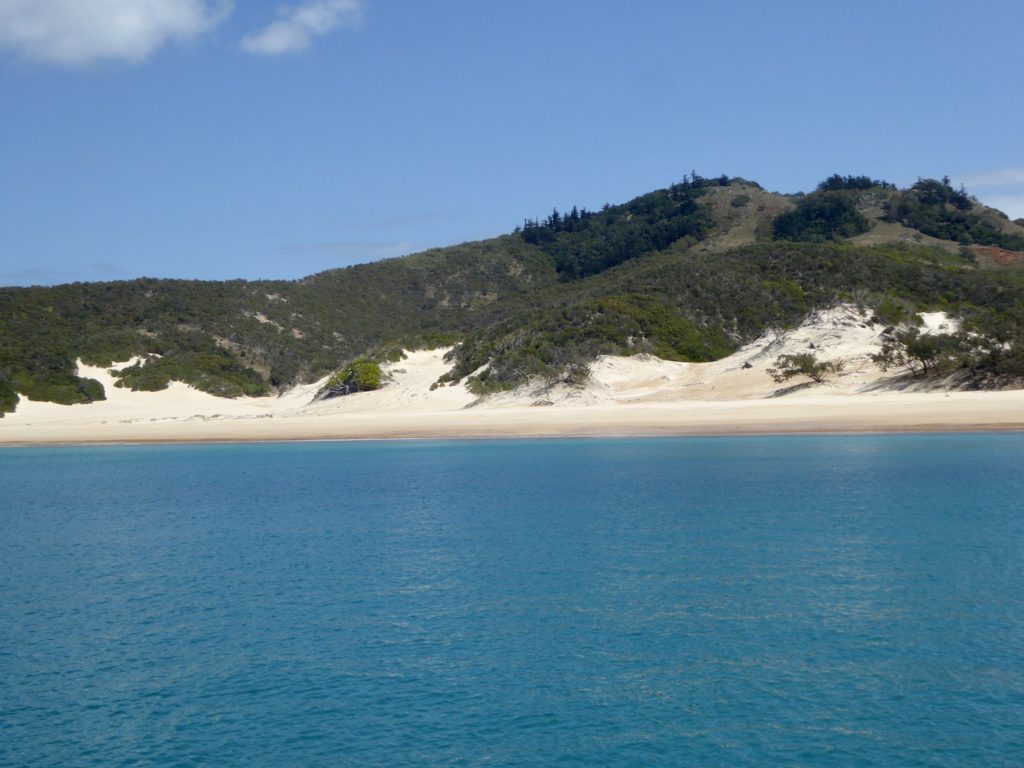
Whites Beach is named after the White family who in 1921 emigrated from Canada via New Zealand and managed to make a living from sheep. They cleared the land by ring-barking trees to make paddocks for 2,000 head of sheep, a few cattle and horses.
We spent two nights at White’s Beach exploring the rocks and gullies, swimming each day and doing a bit of (unsuccessful) fishing.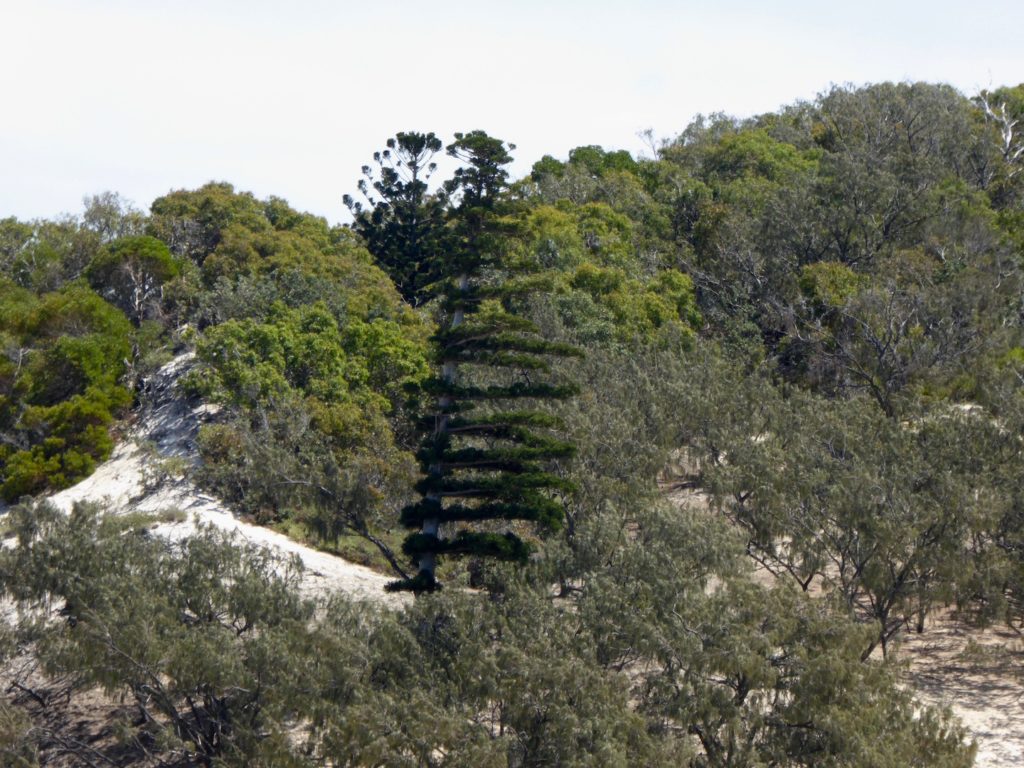
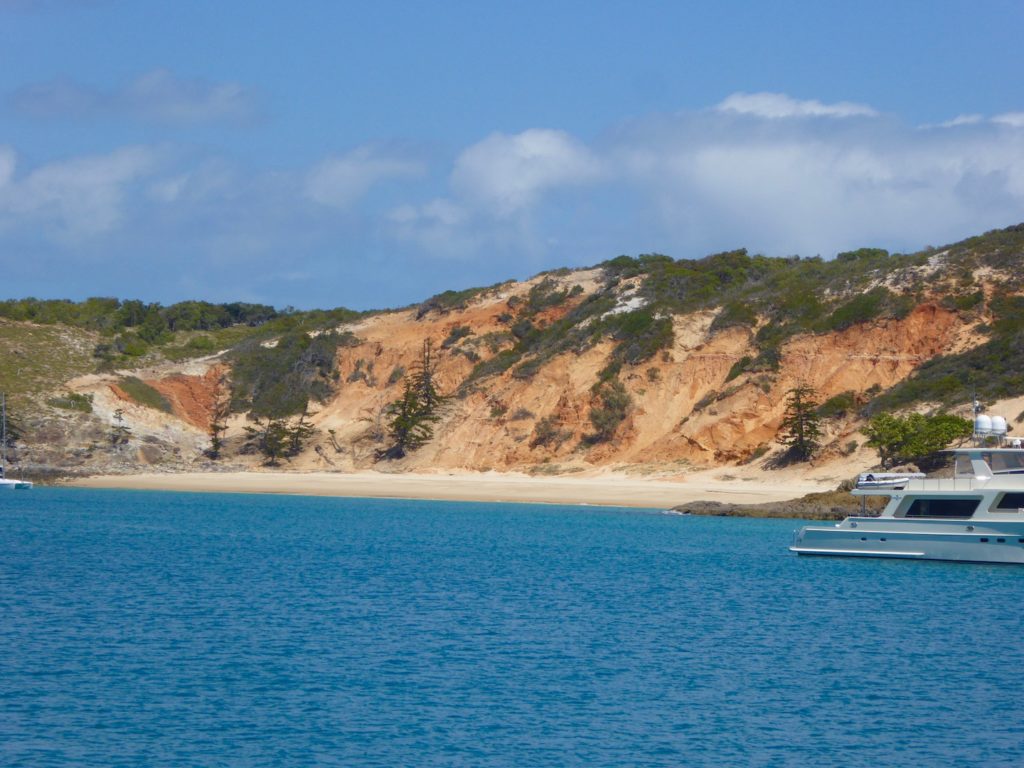
We couldn’t help noticing the large number of goats on the island. In 1874 HM Schooner Pearl was given the mission of leaving goats and planting coconuts and other edible fruits from the Brisbane Botanical Gardens in order to provide food stocks for passing vessels plying the Queensland coast.
European settlement was actually established two years later, in 1876, and the goats utilised by the island residents to provide themselves and visitors meat, milk and skins for over 130 years. In 2011 the National Parks decided they could best manage the Island and against the wishes of the majority of main users of the Island – the cruising public. Changes include designating 83% of the previous land holding to national park status. That means the inhabitants are no longer able to manage the goats and other introduced animals including Rusa Deer and cane toads, and the rangers have yet to do any control.
Edgar and Ernest climbed the cliff face for some spectacular views 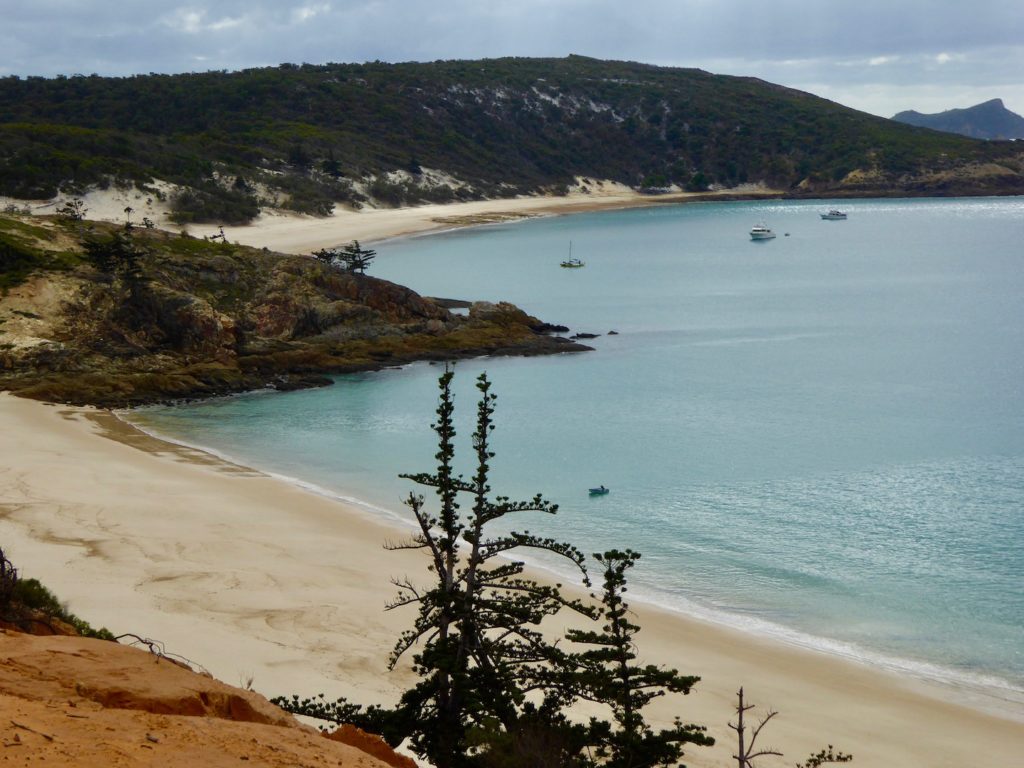
A favourable weather forecast for the next leg of the trip saw us heading out once more but definitely a place we will return to.
We sailed round the Island and passed Rescue Bay and West Bay but didn’t go ashore so missed seeing the “settlement” developed by an eccentric Englishman, Andrew Martin who left his family back in England to sail around the world. He found Middle Percy Island, declared it paradise and stayed there for the next forty years. He planted coconuts and built an A-frame shed on the beach for visitors to use. The island became legendary amongst yachties as a wonderful anchorage with a hospitable, if somewhat unconventional, host. Andrew, who became known as “Lord Percy”, offered goat’s meat, fresh fruit and vegetables, honey and bread and meals at the homestead, an energetic 1.5km uphill walk from the beach.
Andrew became mentally ill and in 1996 set sail for England convinced that his country needed rescuing from the ills of the world. He returned a number of years later a disenchanted man suffering from schizophrenia and having been cheated out of his lease by a conman.
His younger cousin, Cathryn Radcliffe, who some years before had come out from England to see where her strange relative lived and stayed in Queensland, managed to get the lease back several years after he died. She is still living there on the 117Ha of Conservation Park granted to her for 20 years from 2012 to ensure ongoing maintenance and to protect the unique Cultural Heritage and Nature Conservation values of the Island. The famous A-frame on the beach is still there, festooned with hundreds and hundreds of bits of timber, flotsam and jetsam with yacht names and dates. 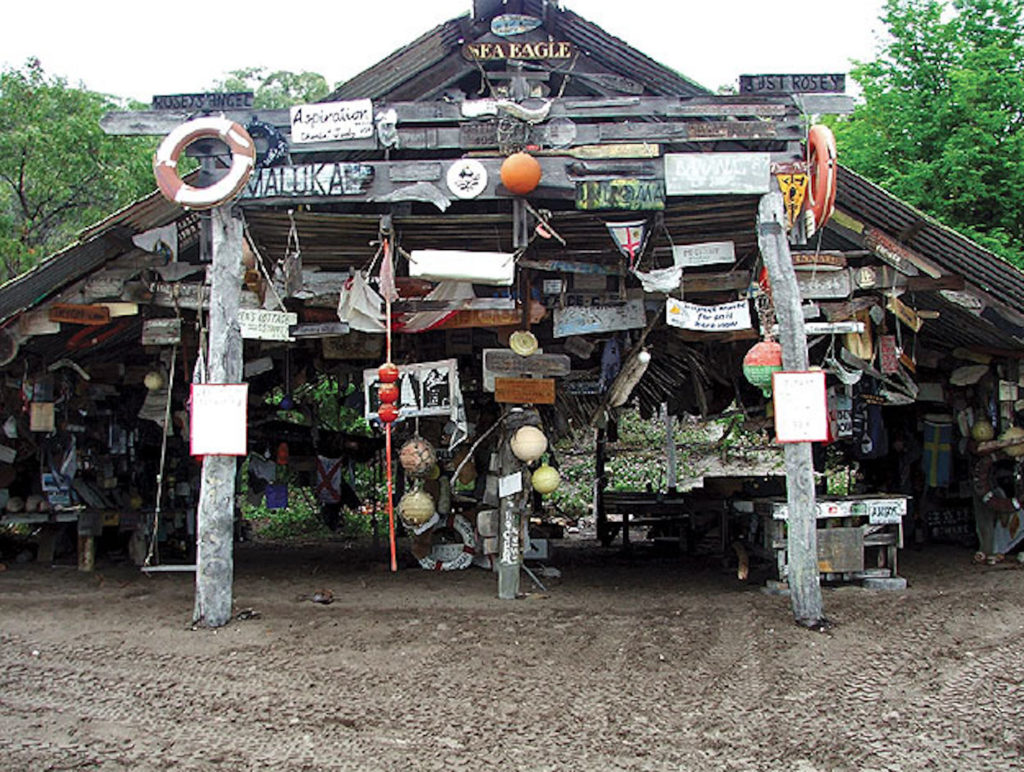
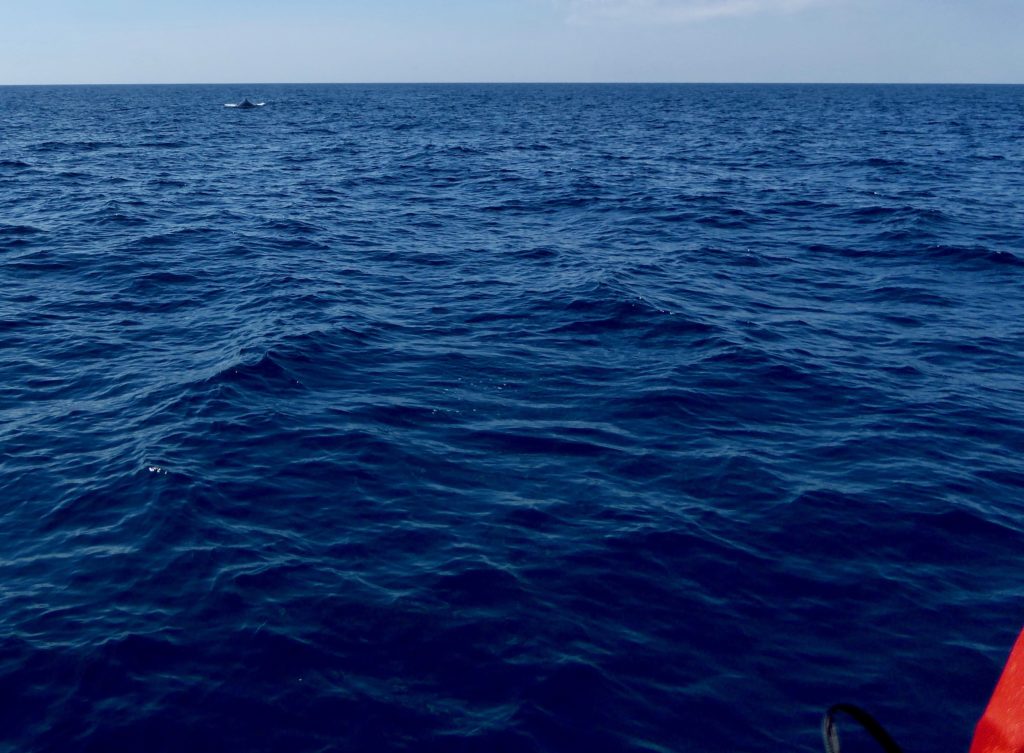 and a very concerned fisherman in a very speedy runabout who had crab pots strung out across our route. He was well out of sight of land and in about 15 meters of water. This is an area that supports a number of spanner or frog crabs – which are a Queensland delicacy and no doubt his target.
and a very concerned fisherman in a very speedy runabout who had crab pots strung out across our route. He was well out of sight of land and in about 15 meters of water. This is an area that supports a number of spanner or frog crabs – which are a Queensland delicacy and no doubt his target.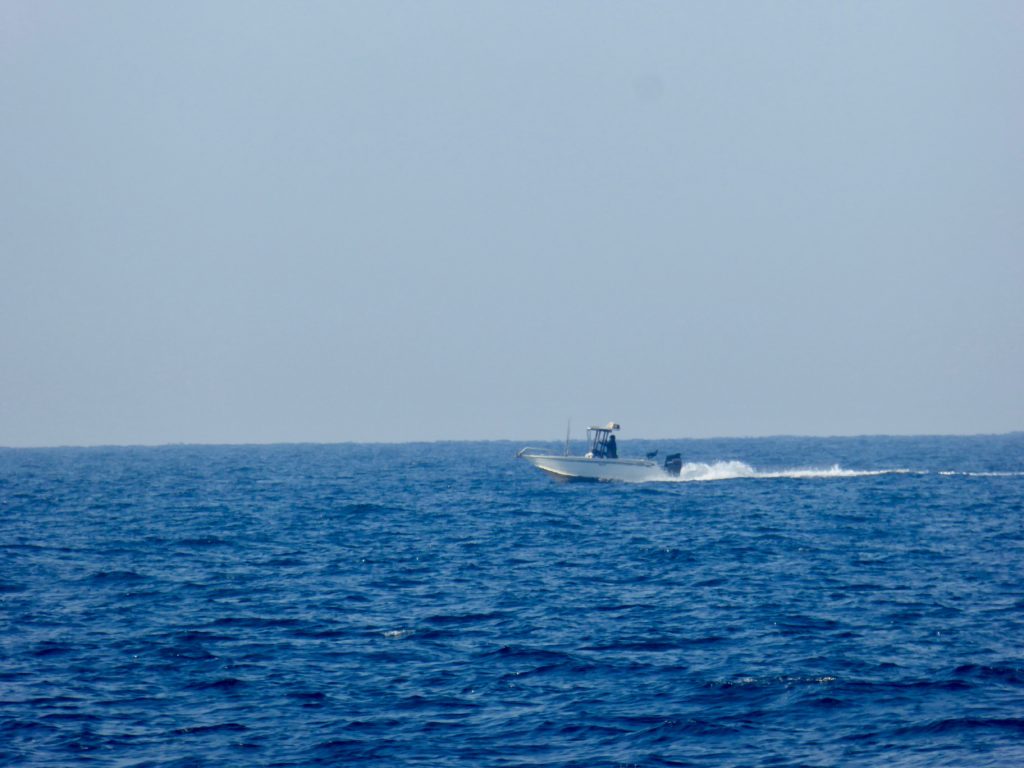
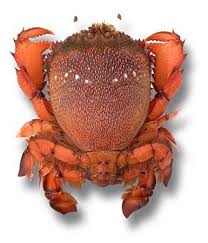
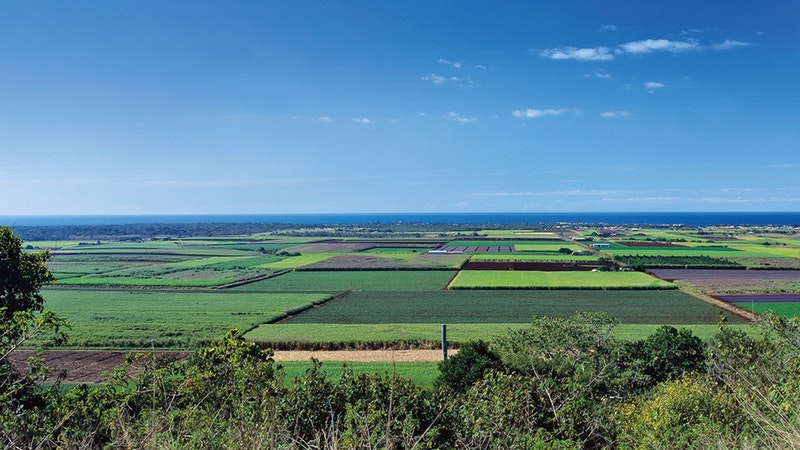 The Hummock also has a monument to Bert Hinkler and fantastic views of the surrounding countryside – being the only mountain for many kilometers.
The Hummock also has a monument to Bert Hinkler and fantastic views of the surrounding countryside – being the only mountain for many kilometers. 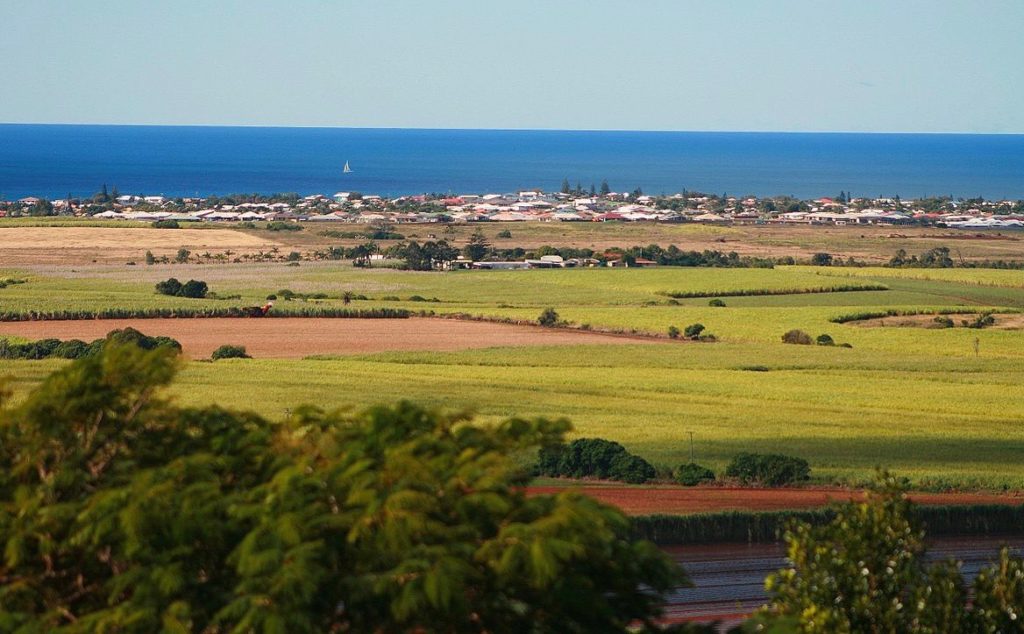
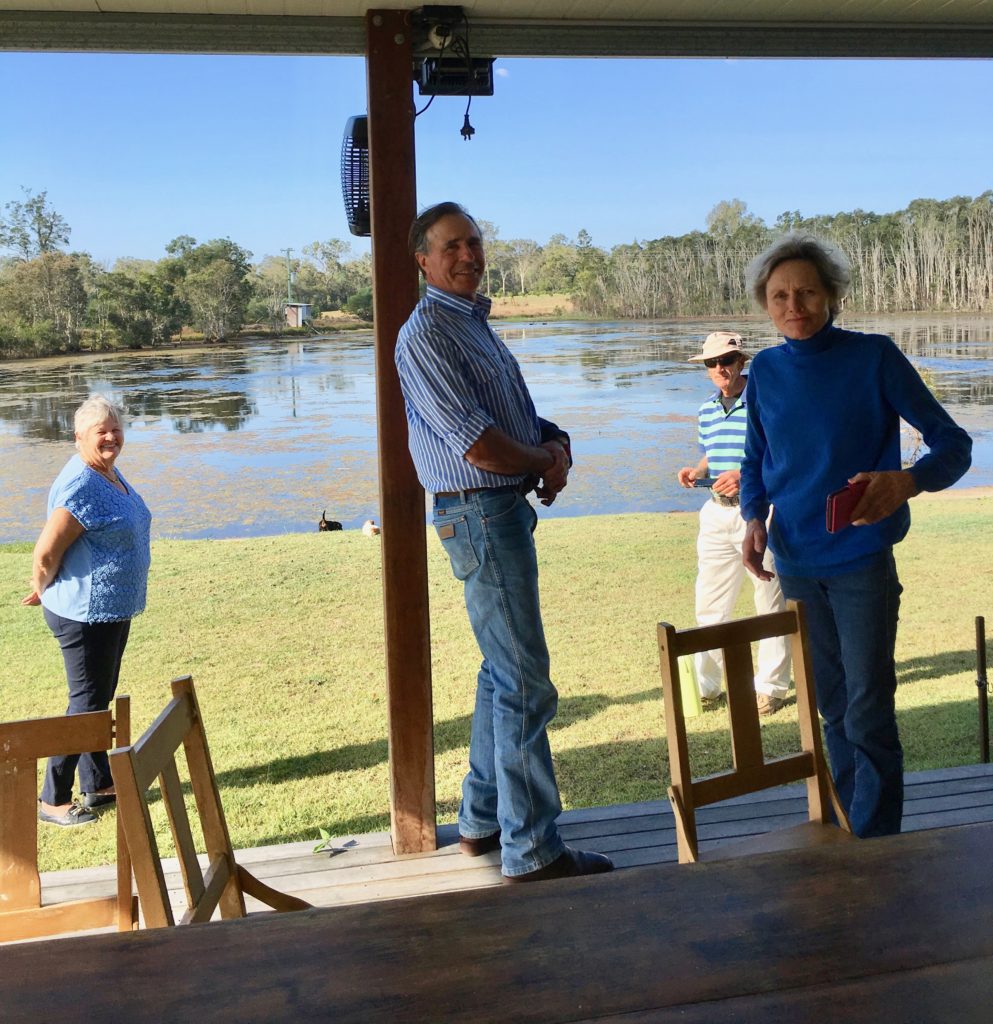
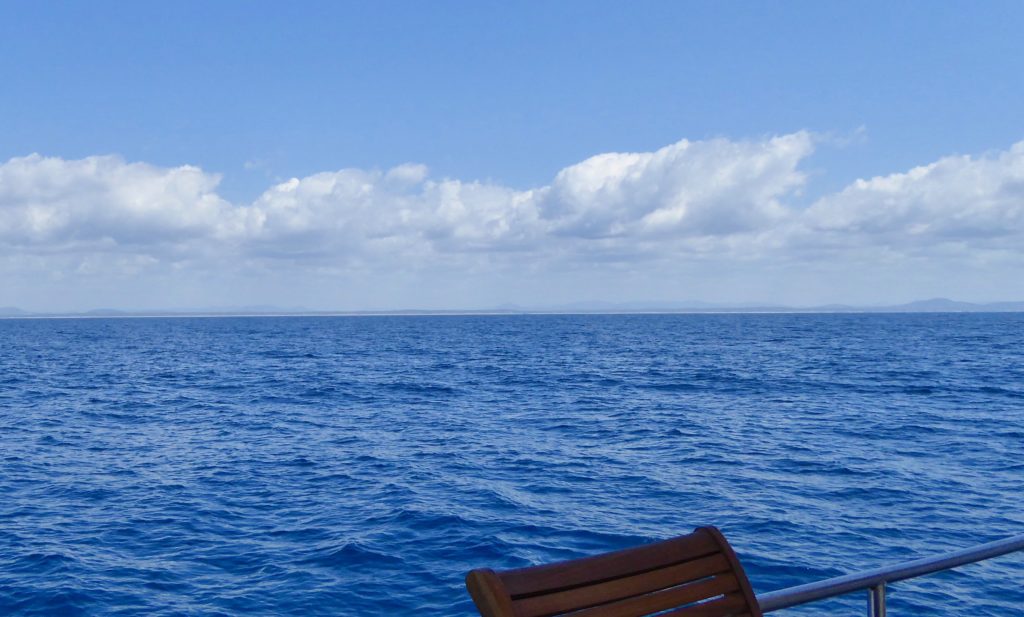
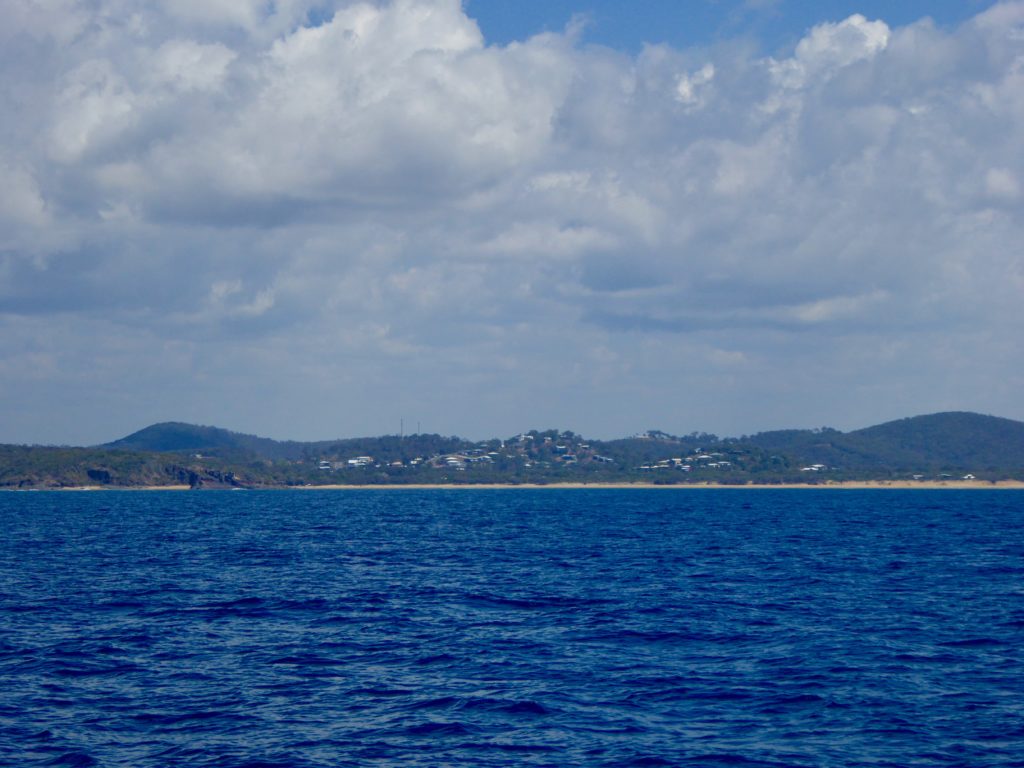 Seventeen Seventy is at the mouth of the Round Hill Creek and is very sheltered and popular with all sorts of water sports with kayaking being very popular. It was the second landing Cook made after Botany Bay in 1770, hence the name
Seventeen Seventy is at the mouth of the Round Hill Creek and is very sheltered and popular with all sorts of water sports with kayaking being very popular. It was the second landing Cook made after Botany Bay in 1770, hence the name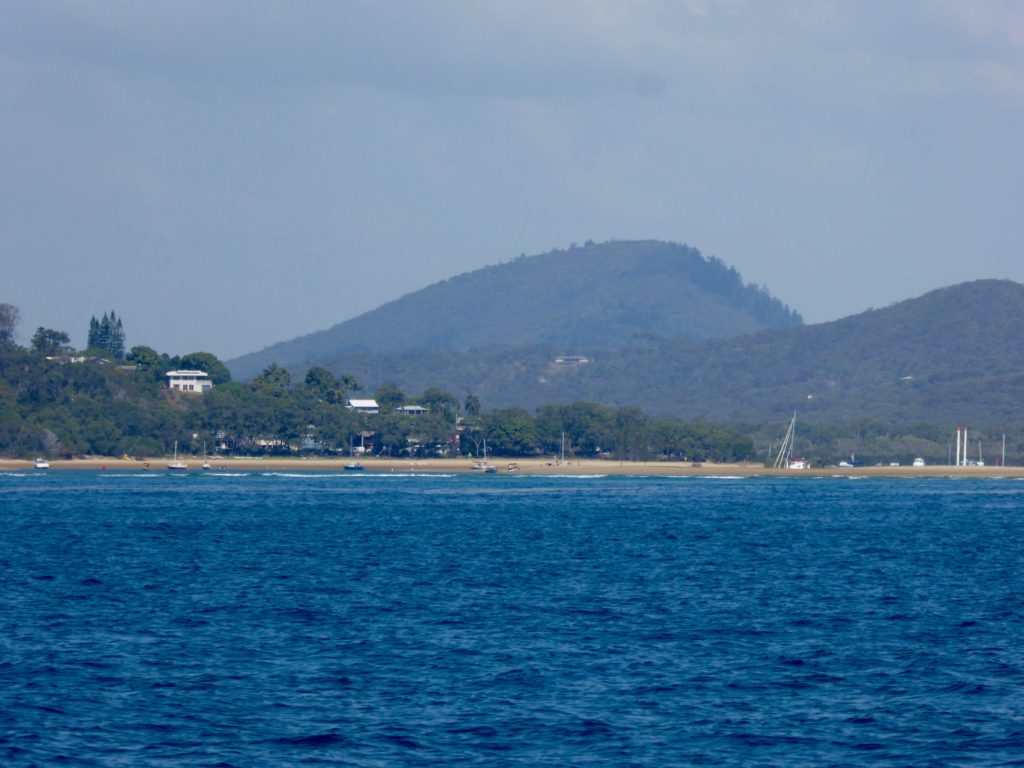
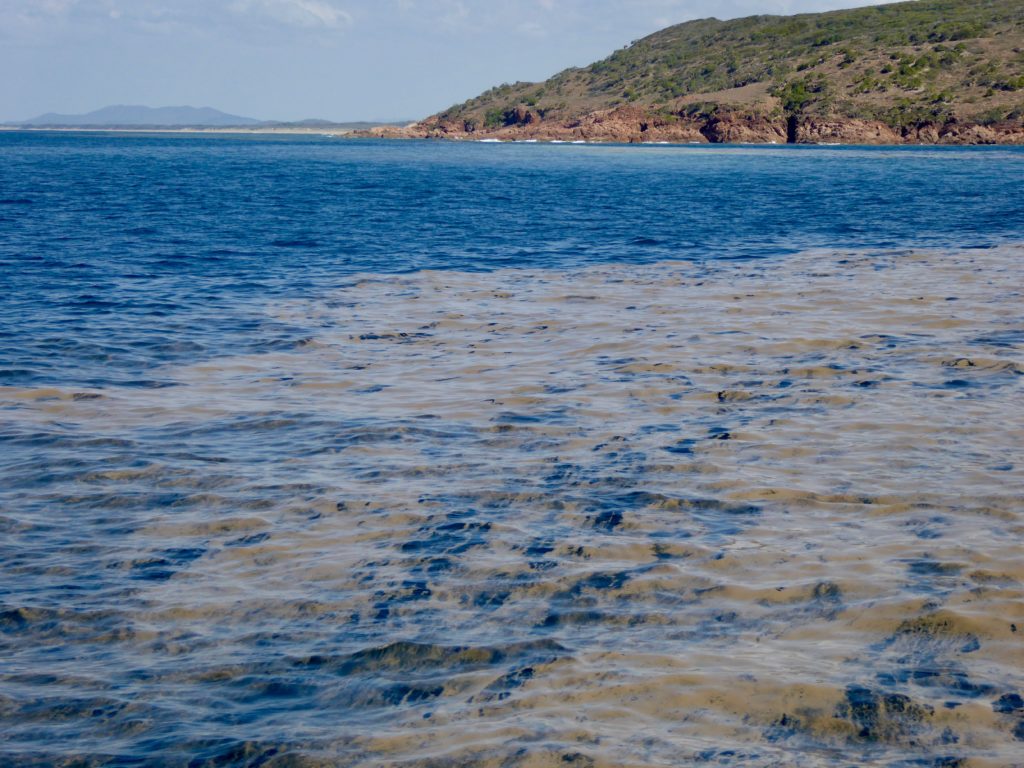
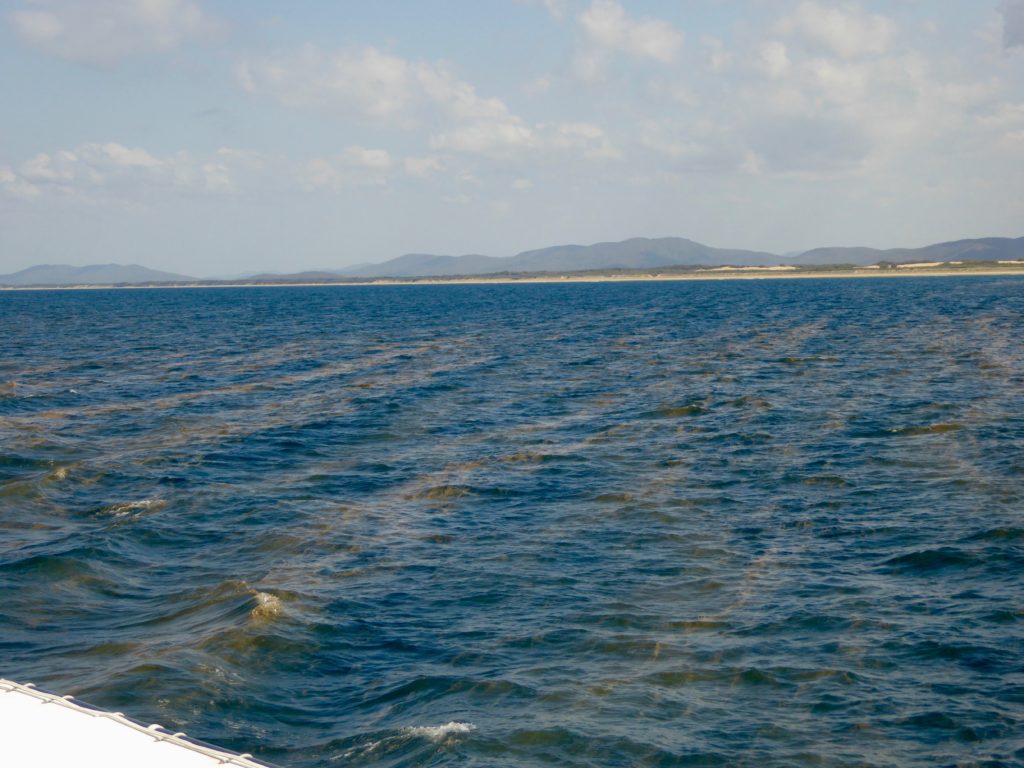
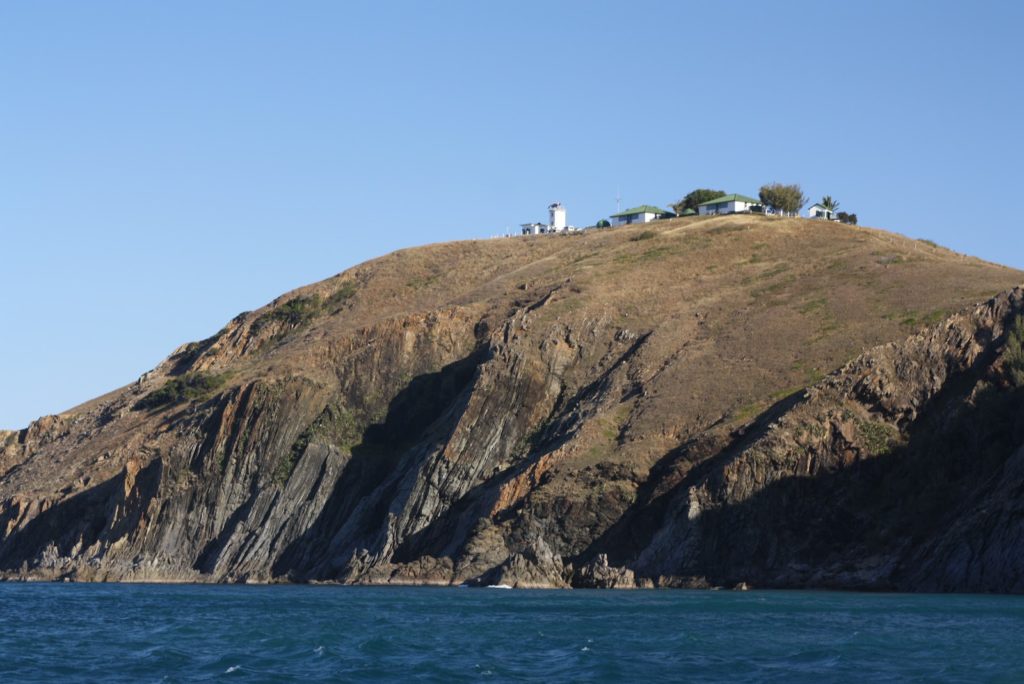
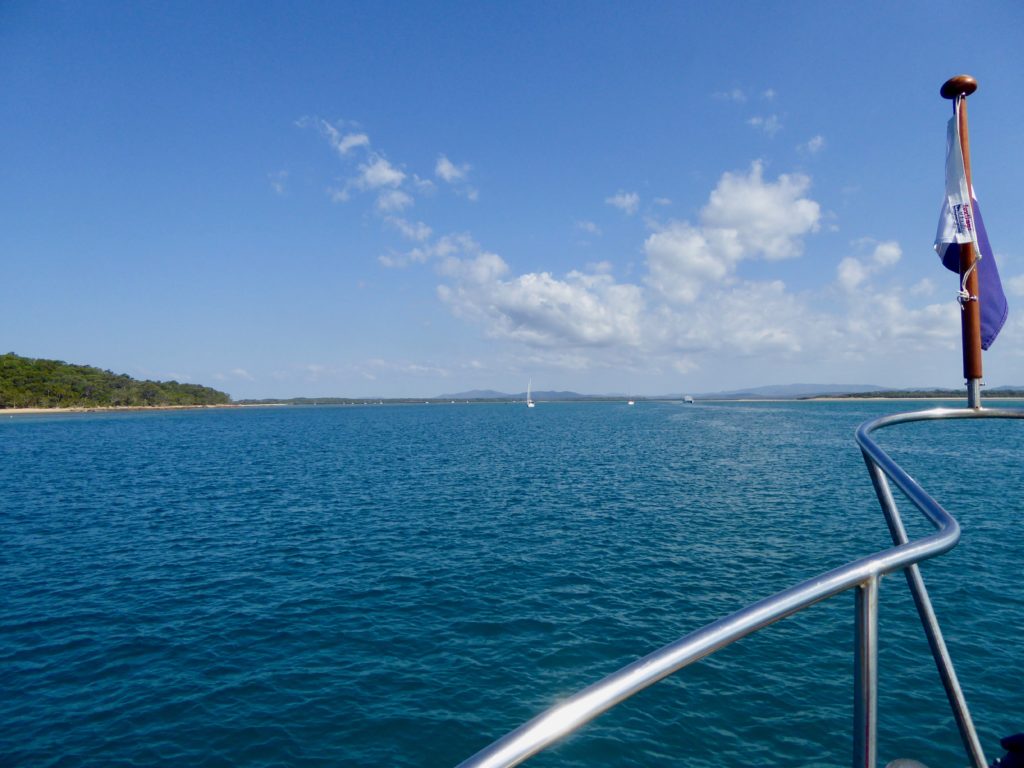 All the way up we had been hearing boats on the radio advise that they had anchored at Pancake Creek and were logging off so we were relieved to see that there was still some room! We made our way right down into the creek, anchored and headed for the beach where we had a walk and a swim in beautiful warm water.
All the way up we had been hearing boats on the radio advise that they had anchored at Pancake Creek and were logging off so we were relieved to see that there was still some room! We made our way right down into the creek, anchored and headed for the beach where we had a walk and a swim in beautiful warm water.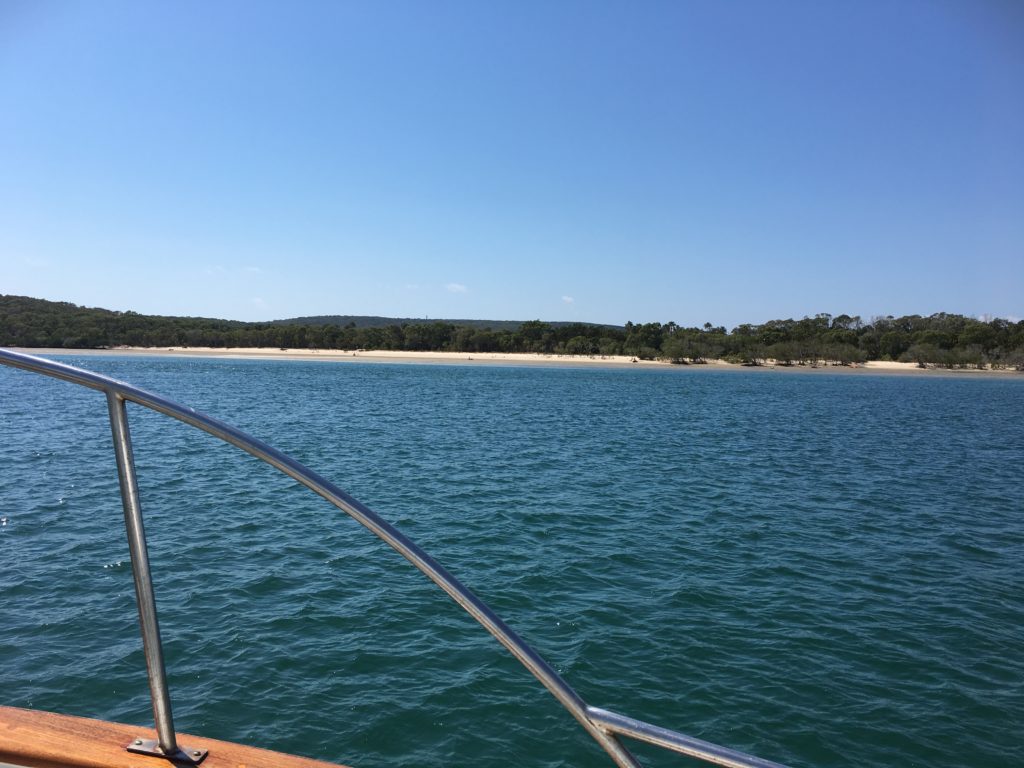
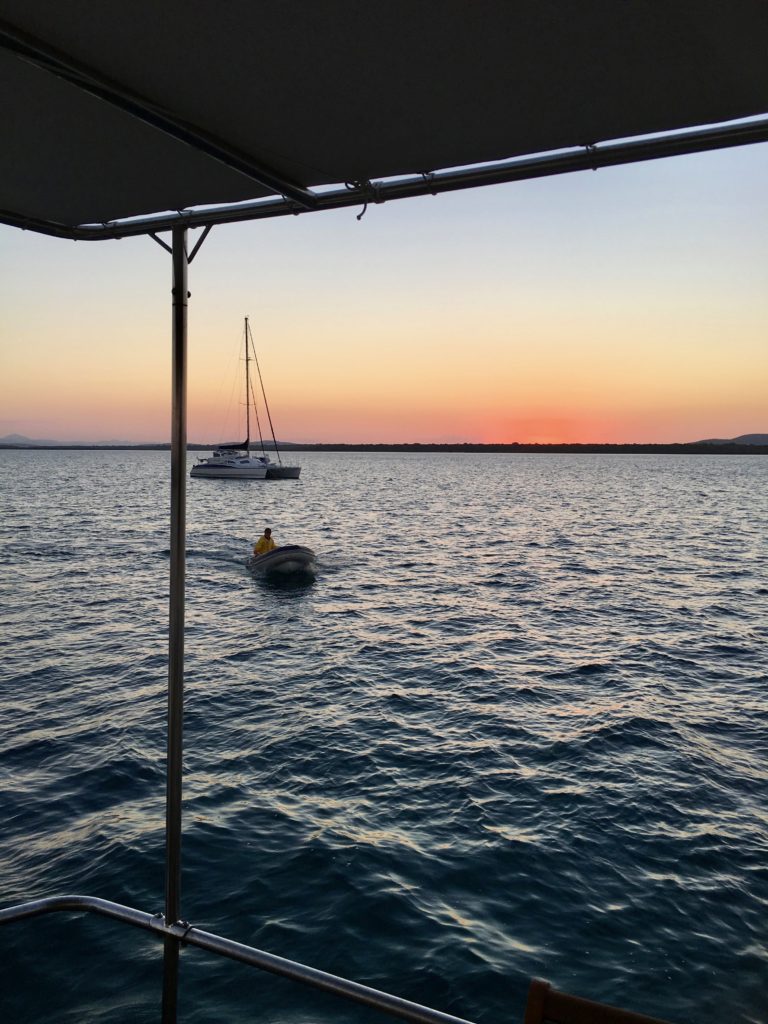 Not a nibble. Is this the case of persistence pays off or do we just give up now!! Never mind – it was a beautiful sunset.
Not a nibble. Is this the case of persistence pays off or do we just give up now!! Never mind – it was a beautiful sunset. 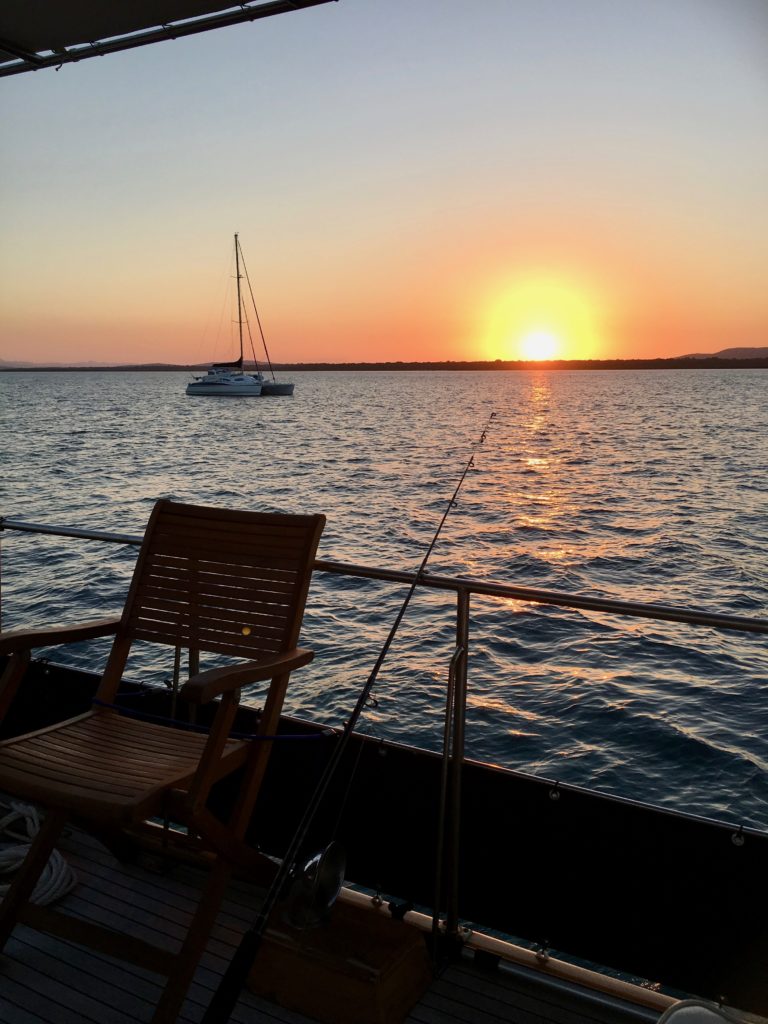
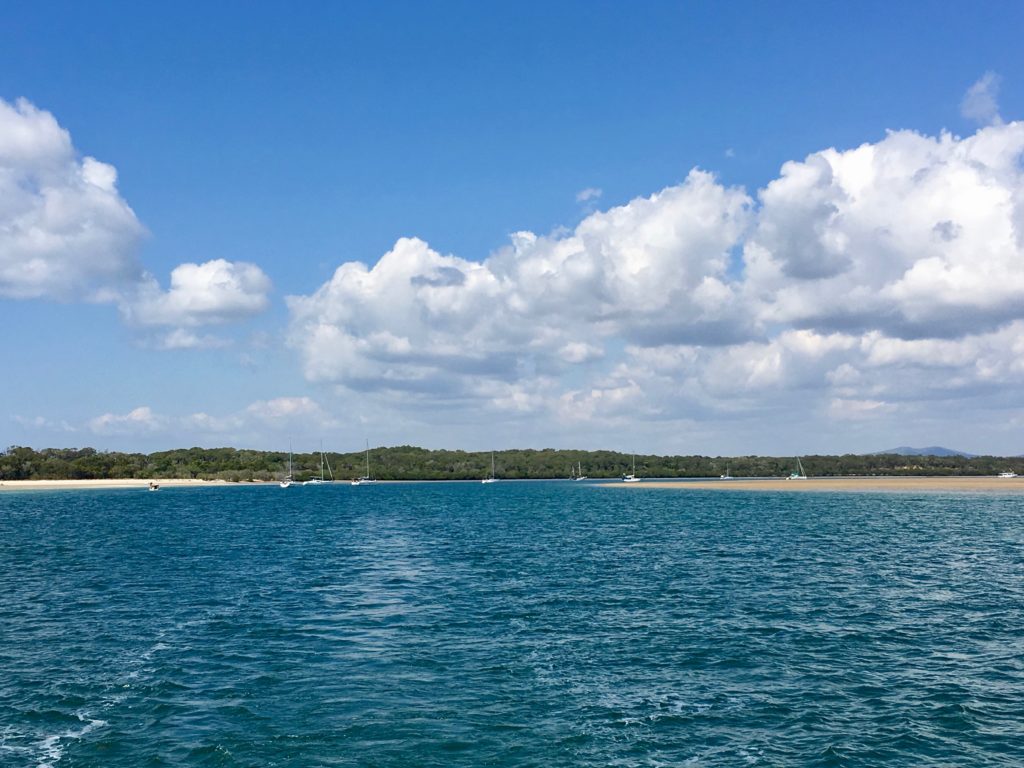 We had a smooth run with lots of whales quite close to the boat.
We had a smooth run with lots of whales quite close to the boat. 